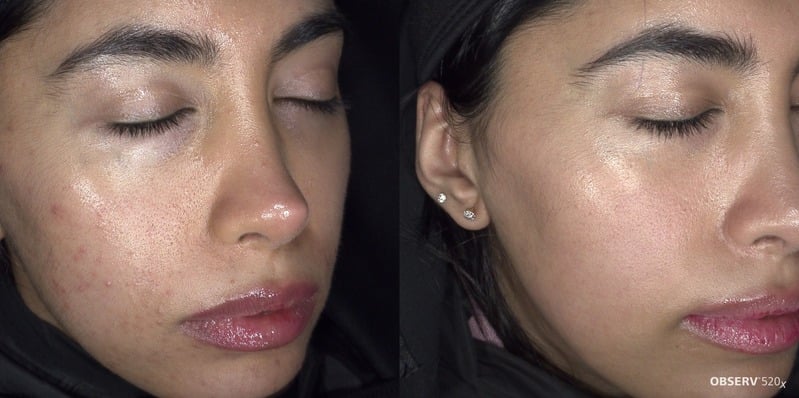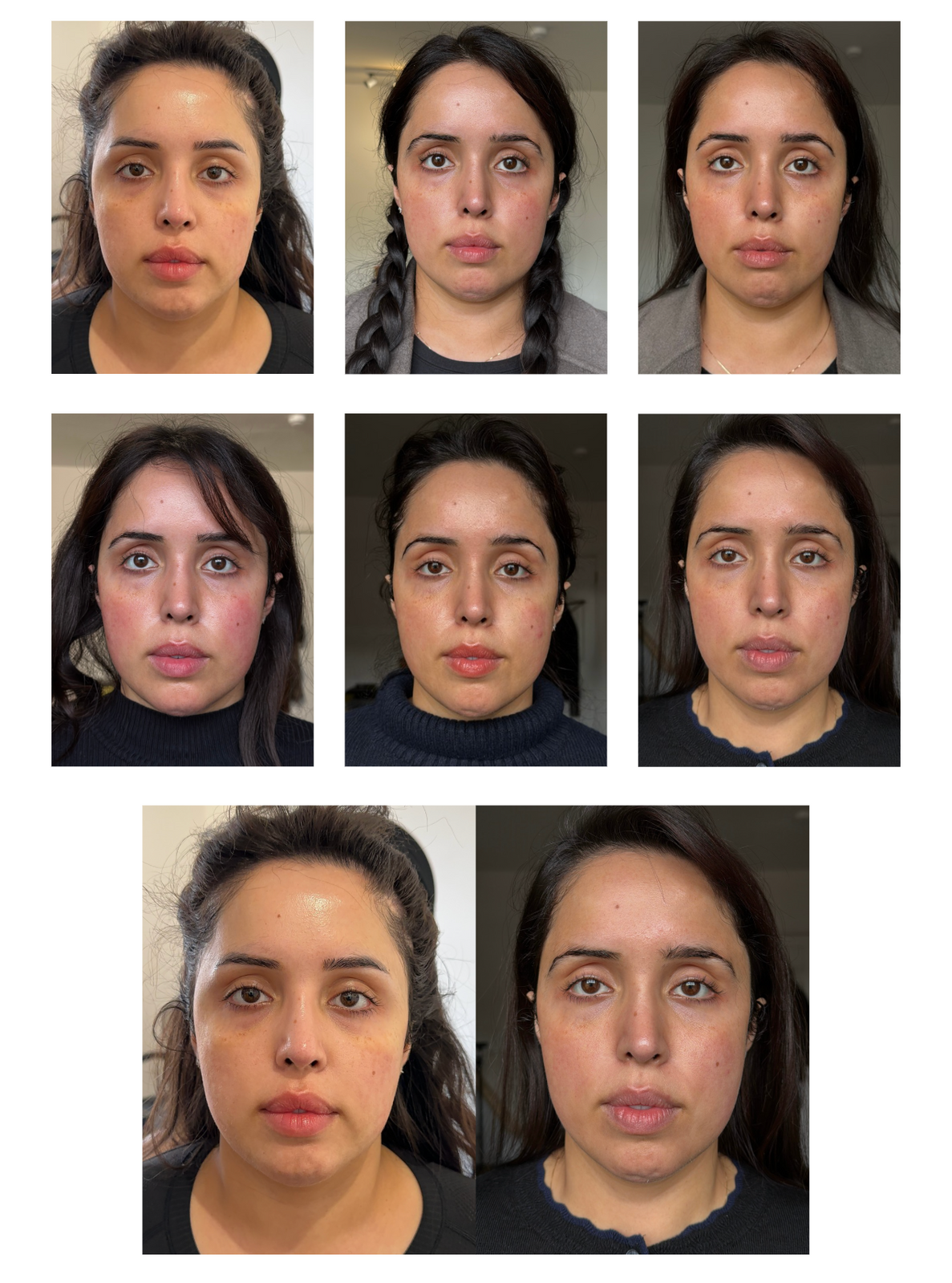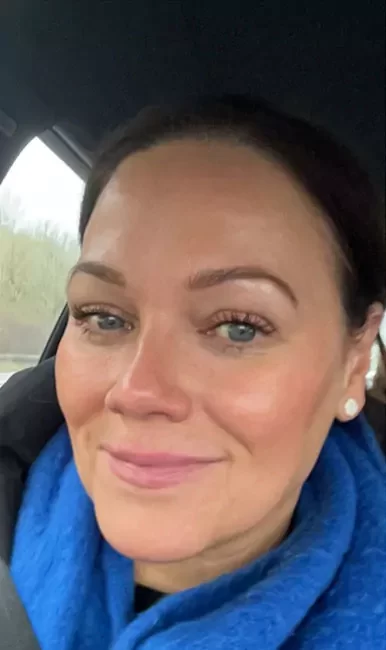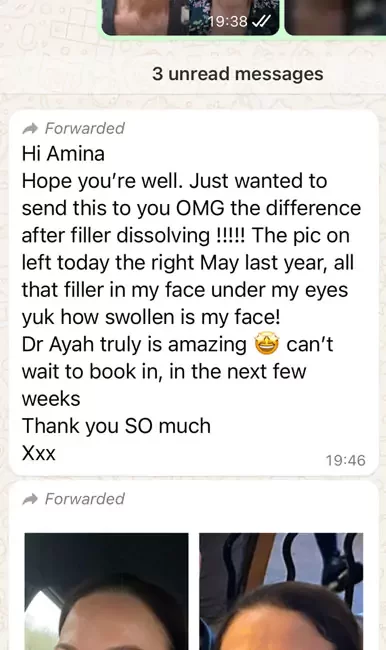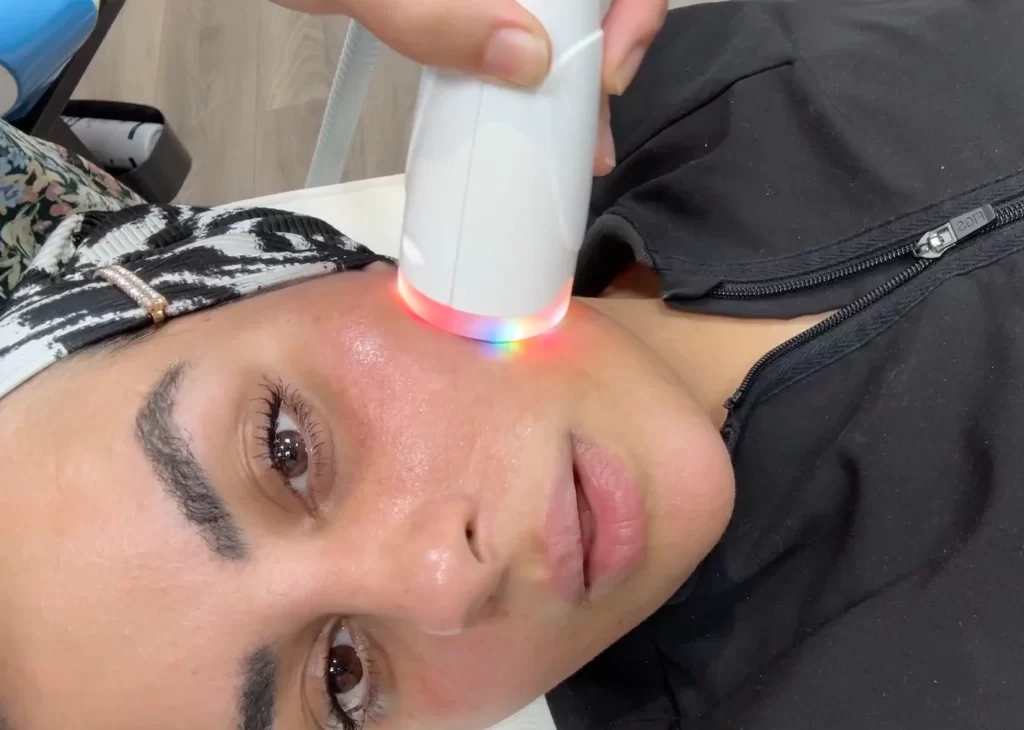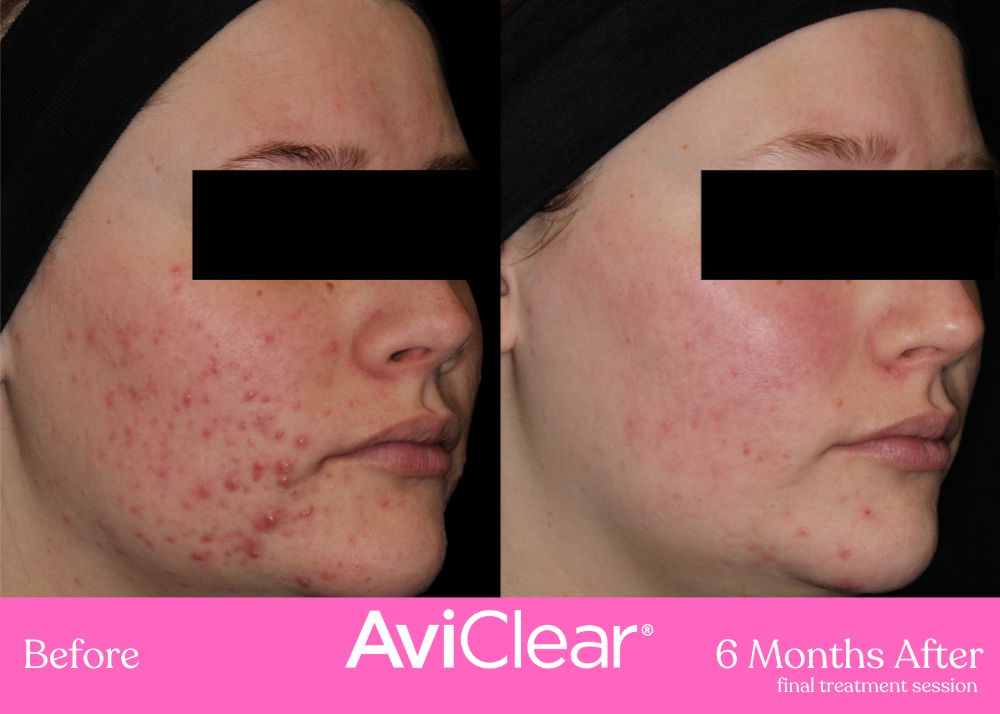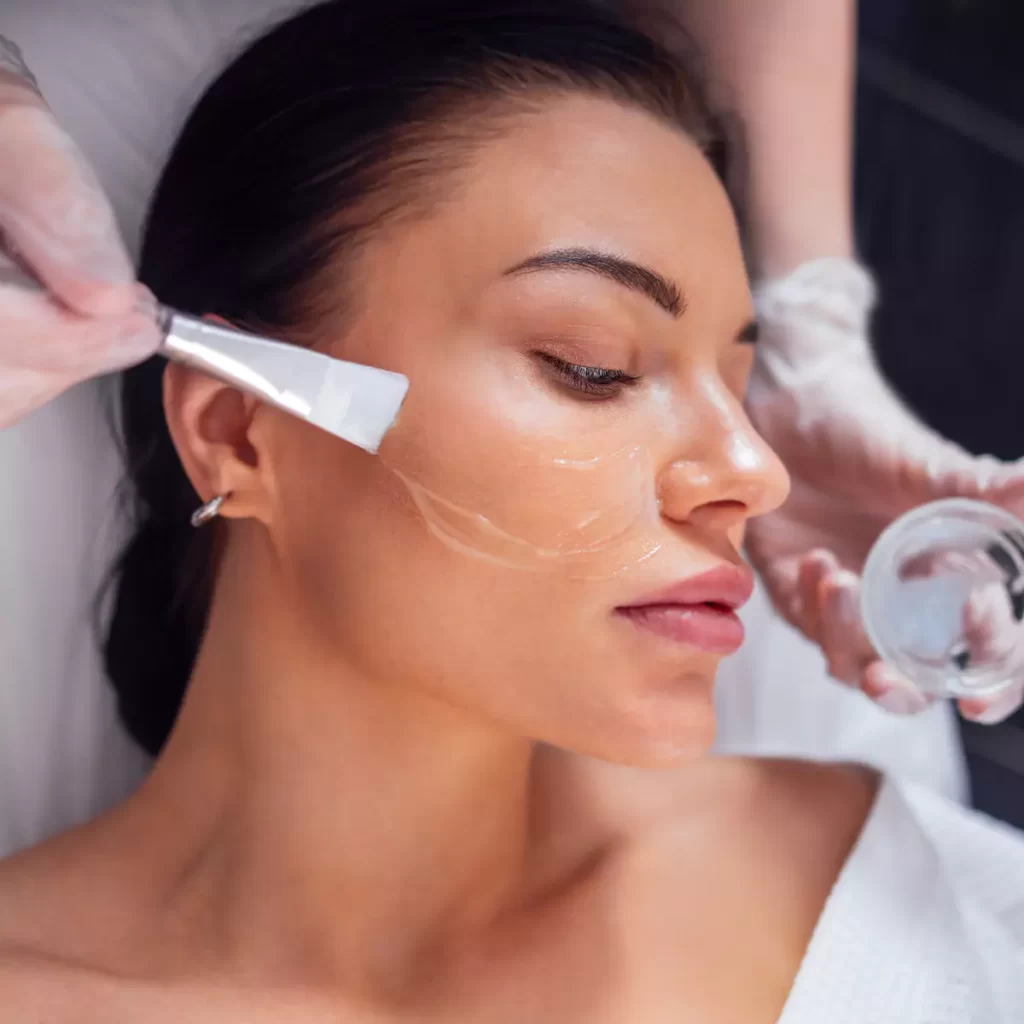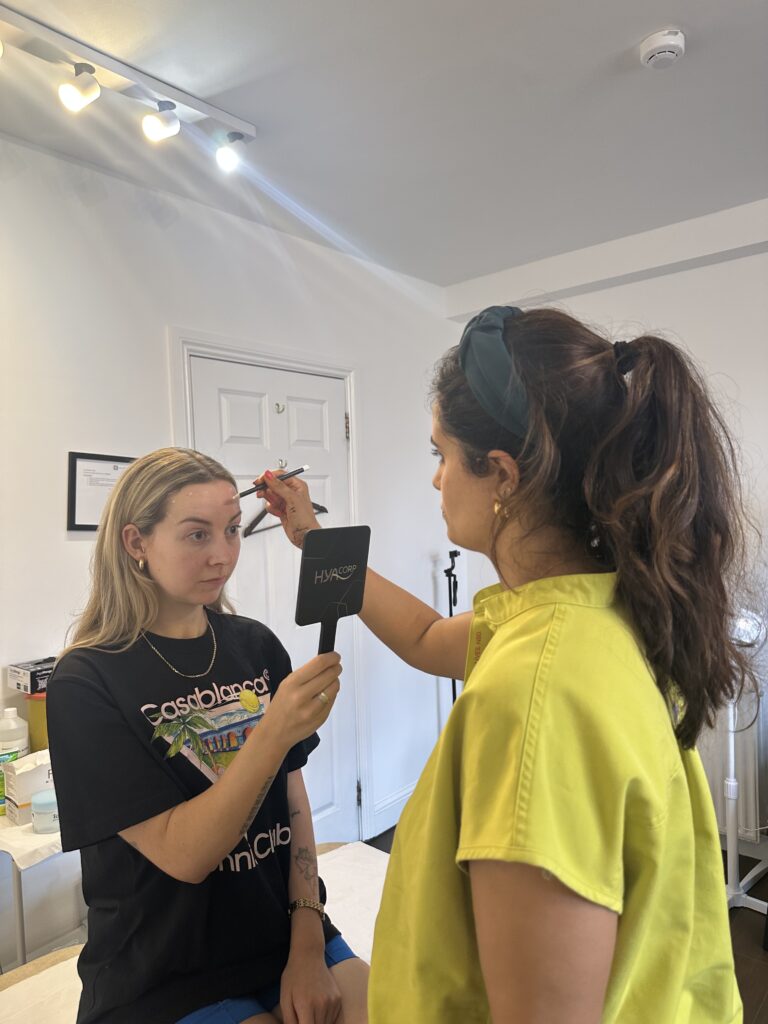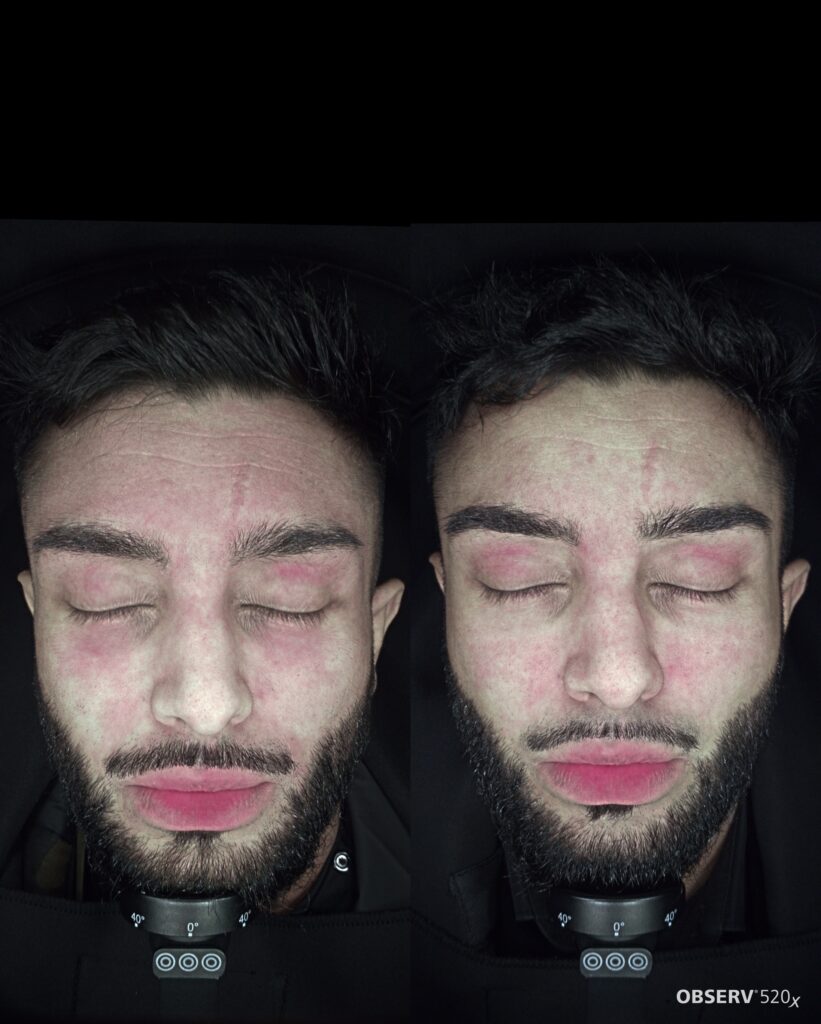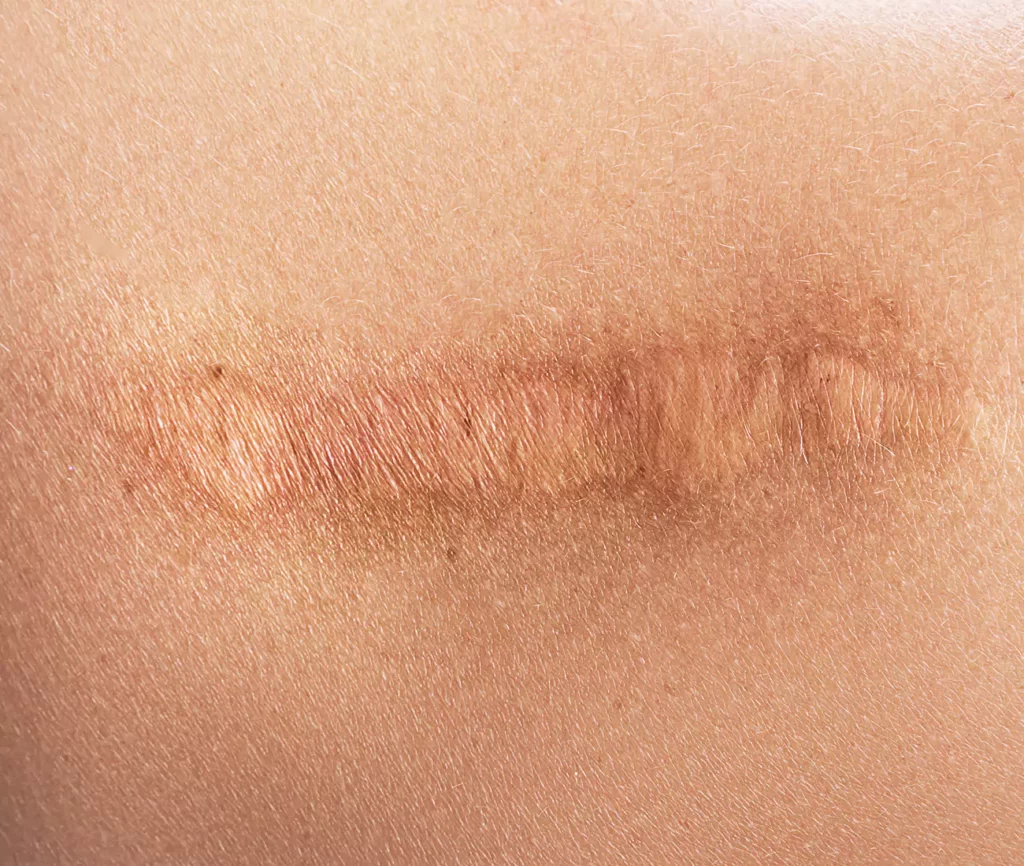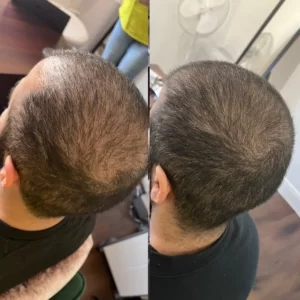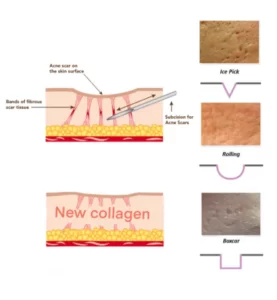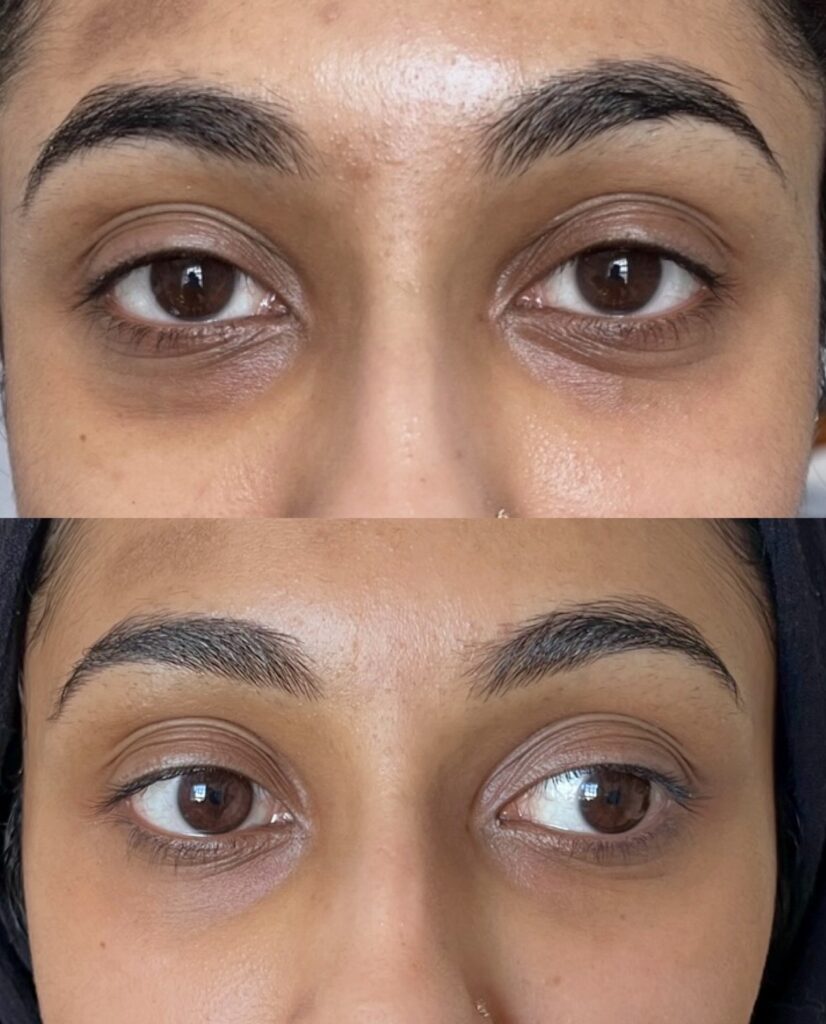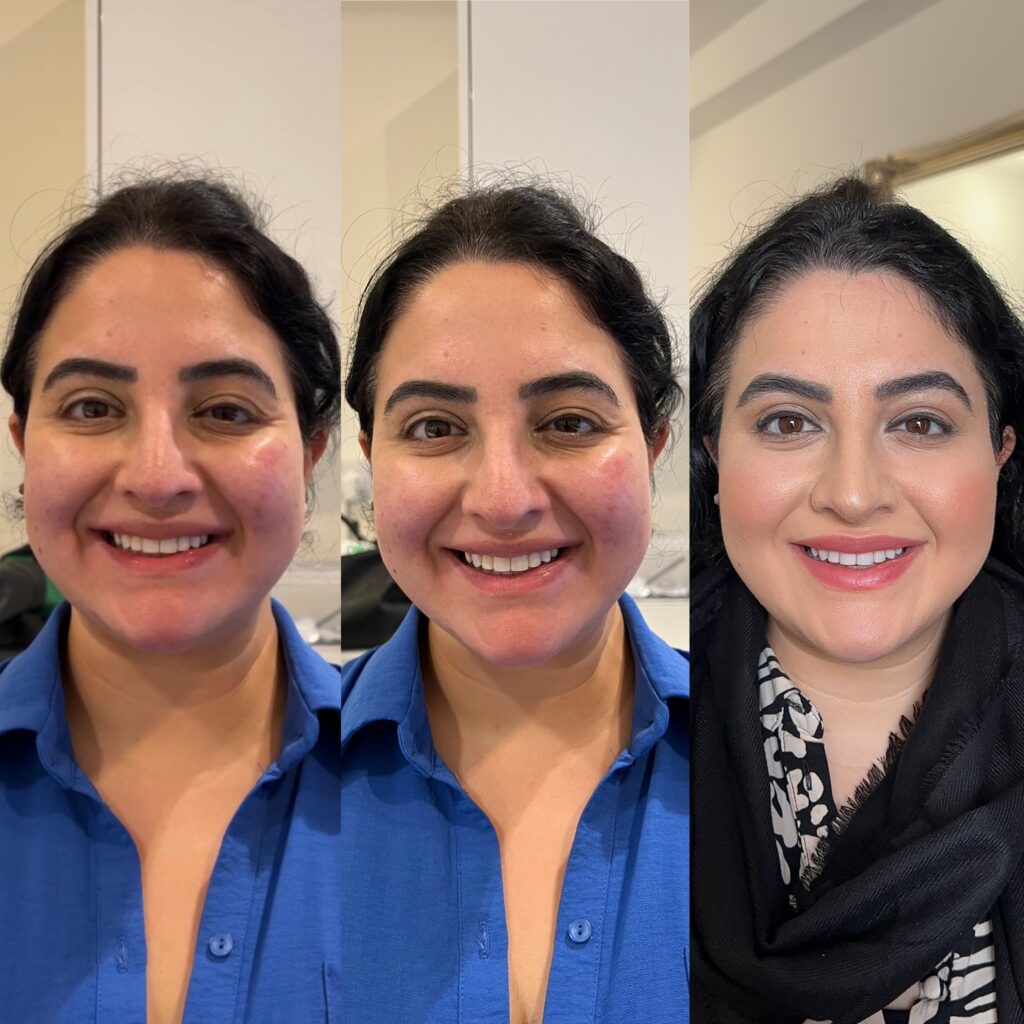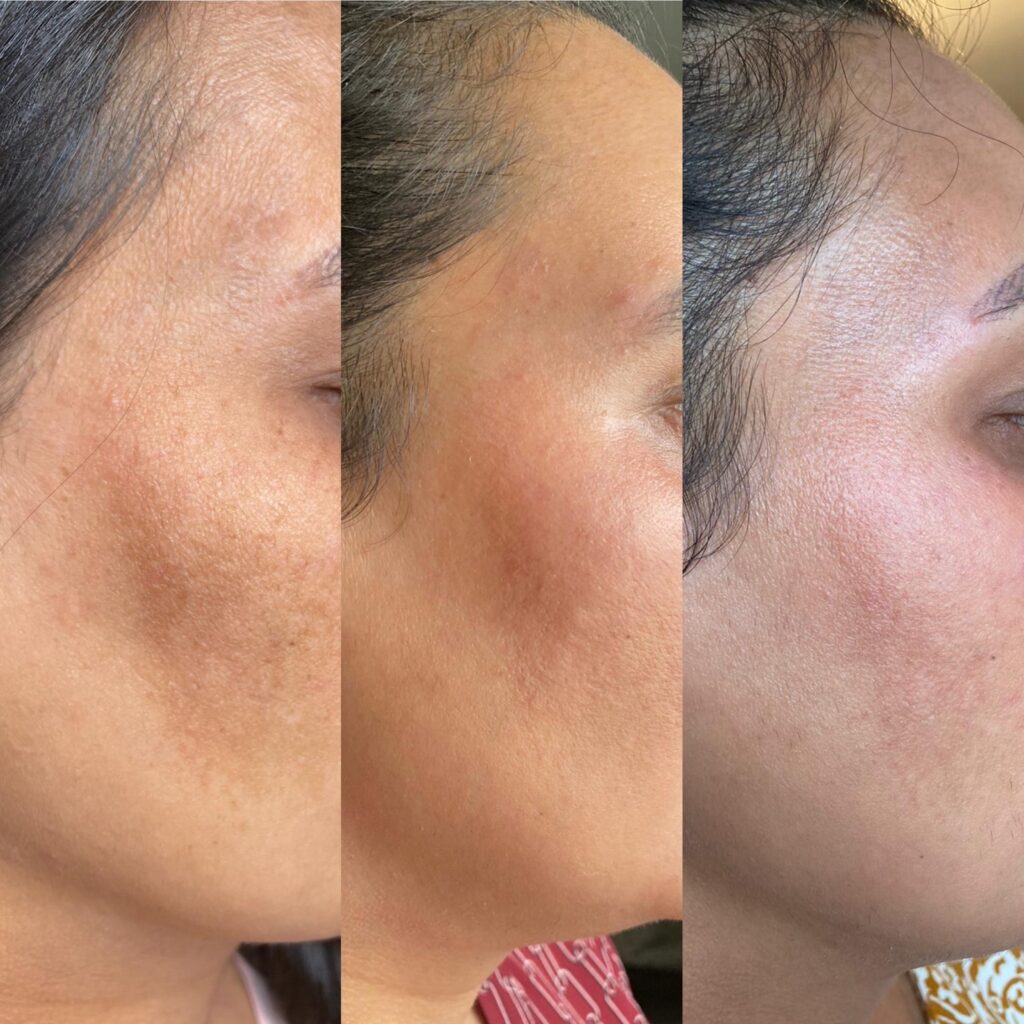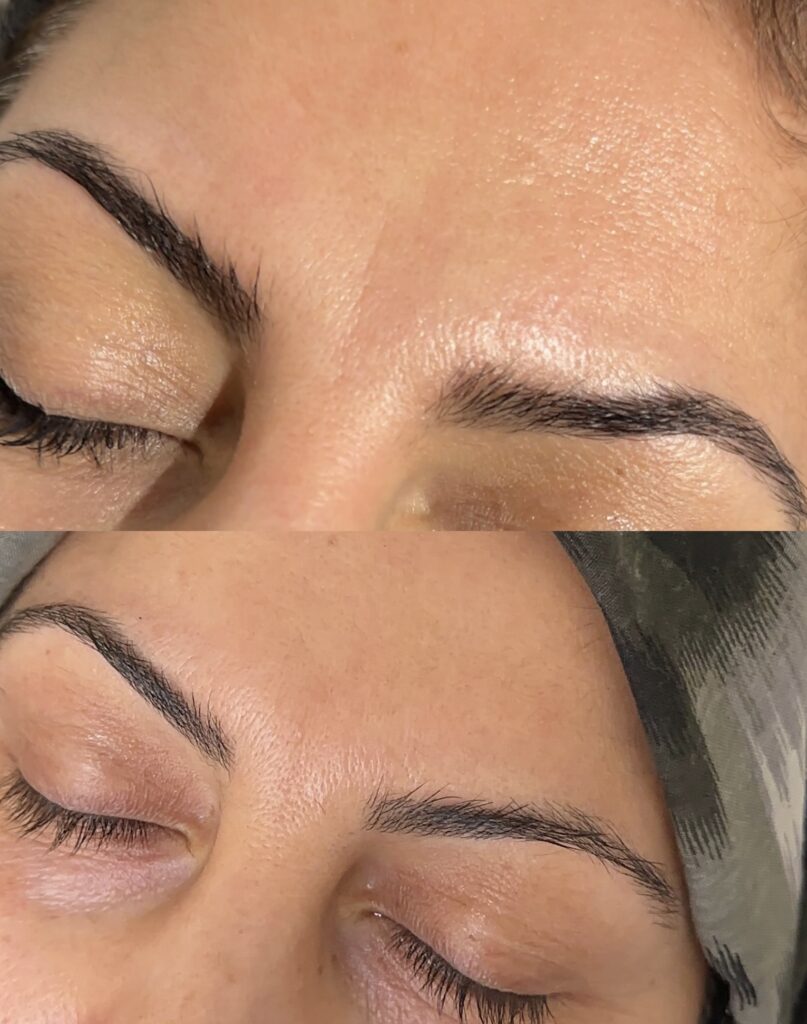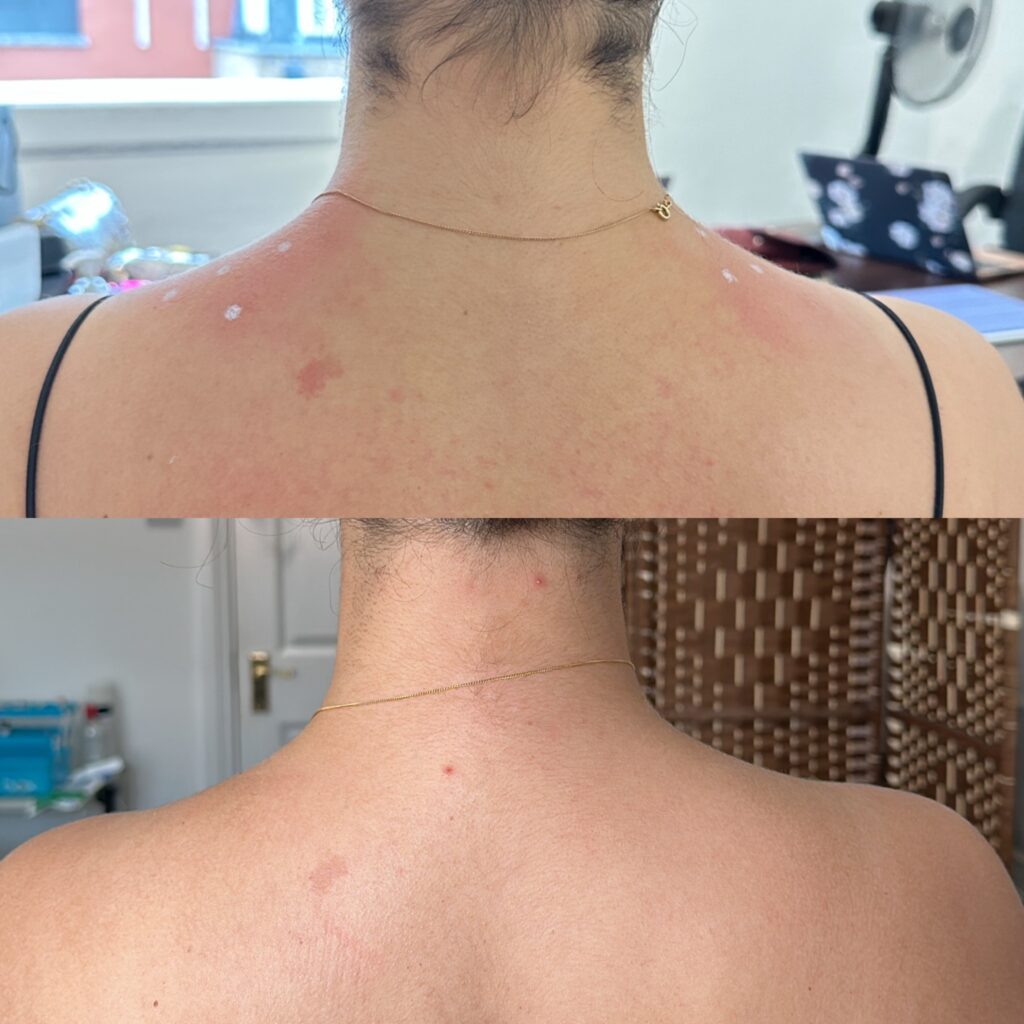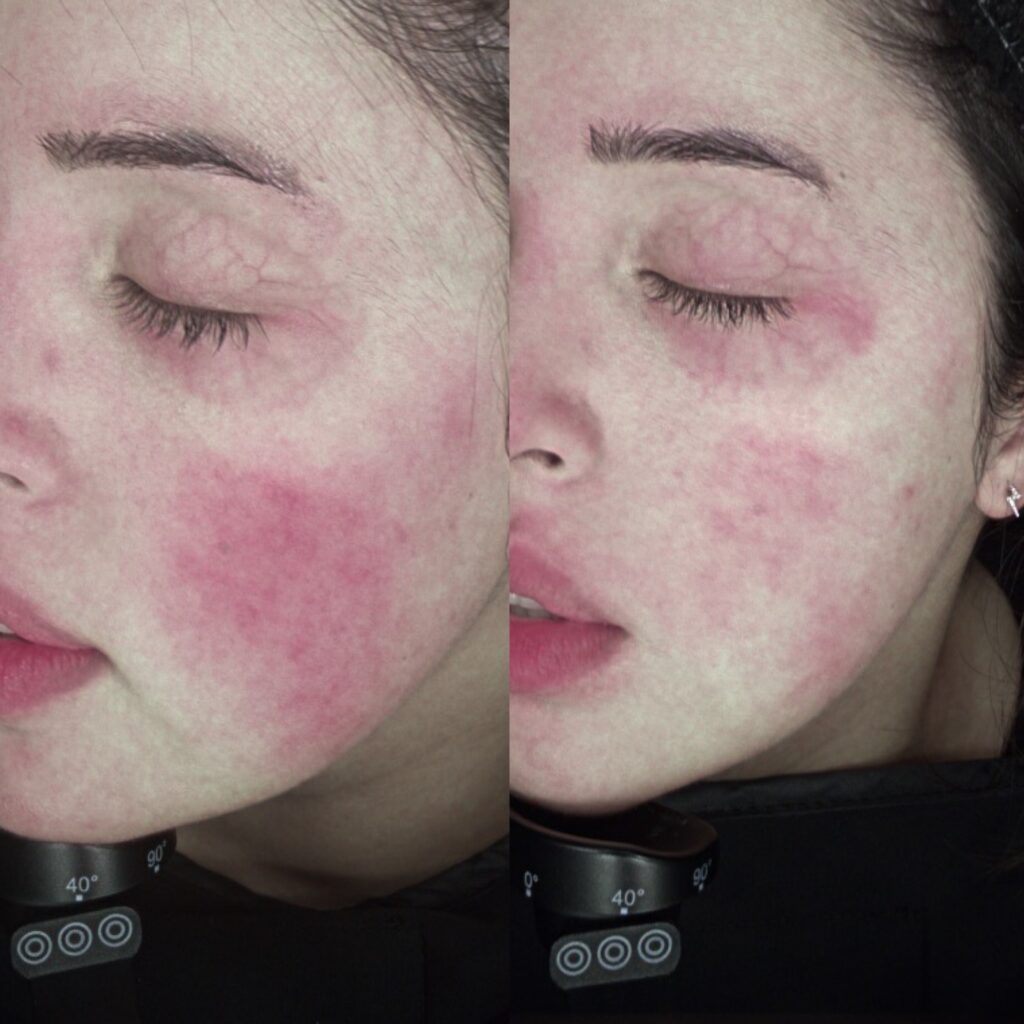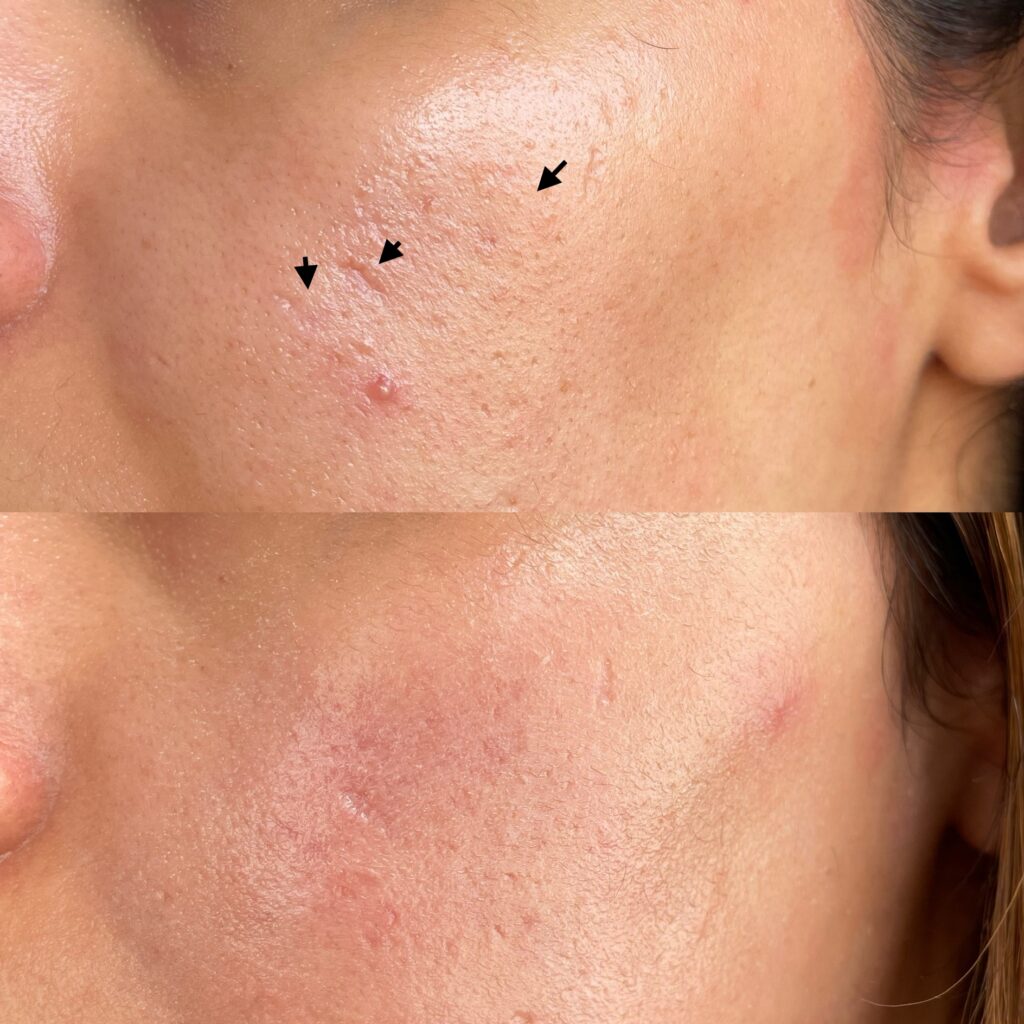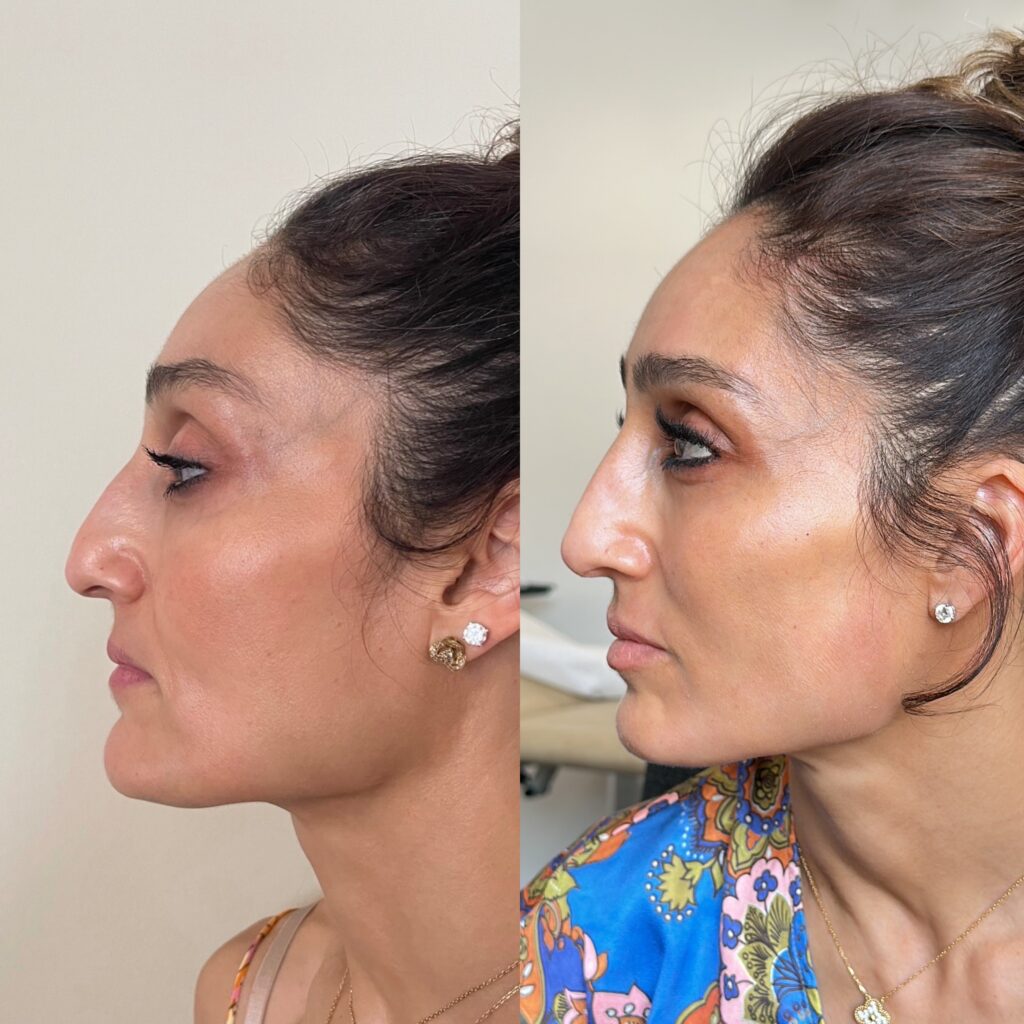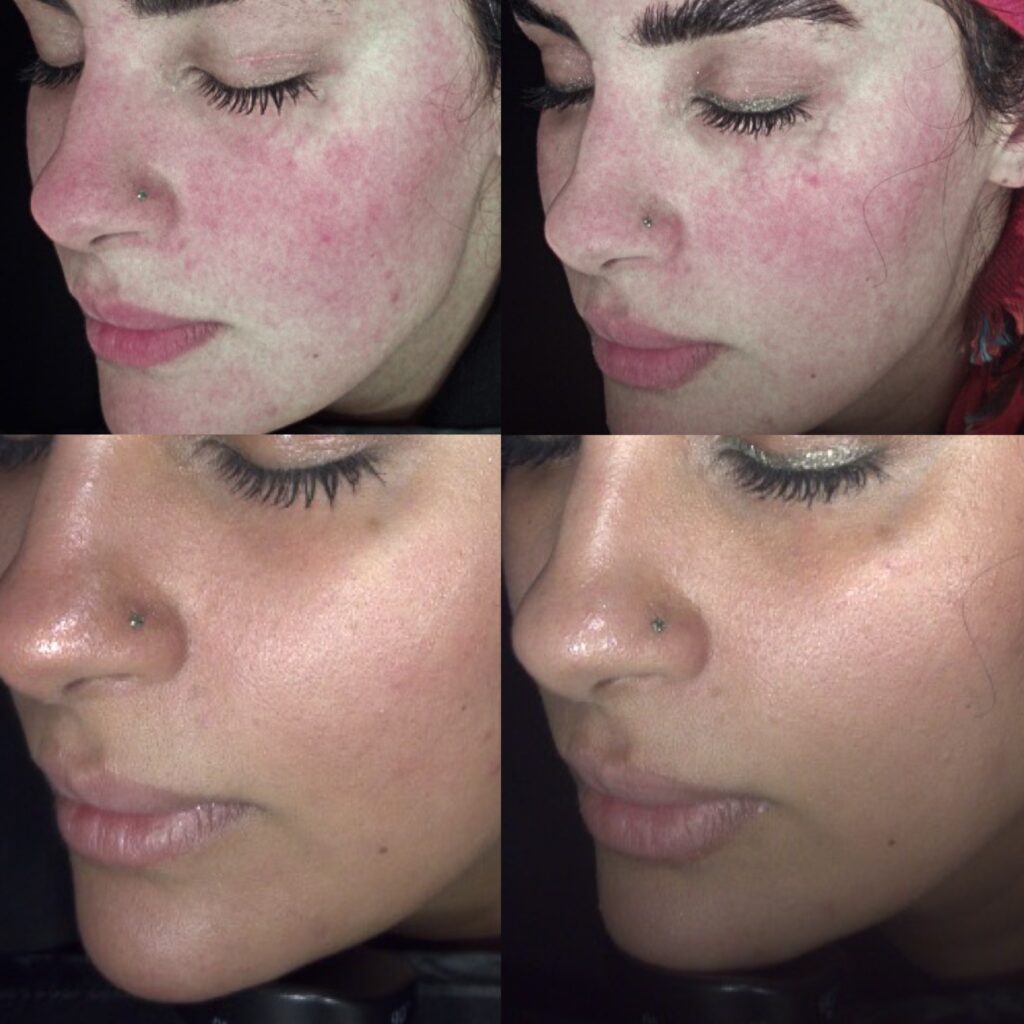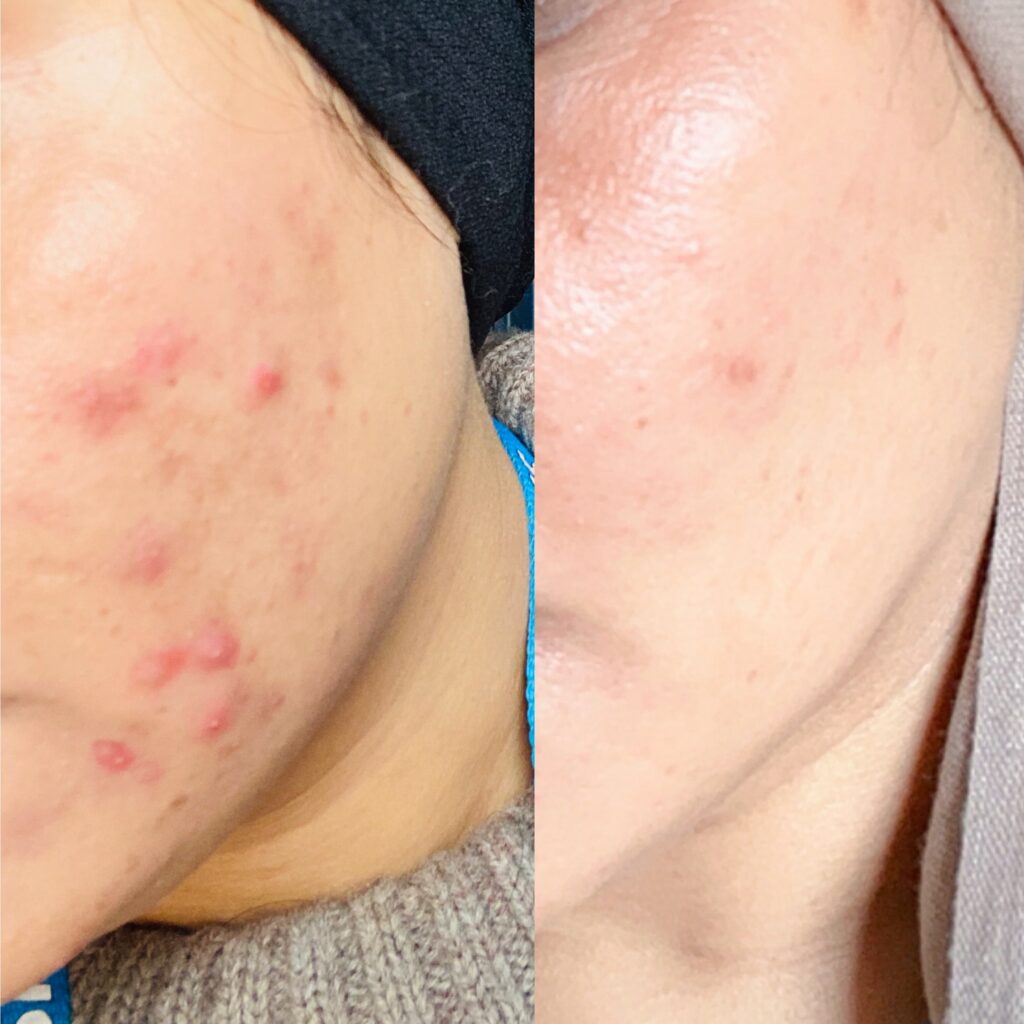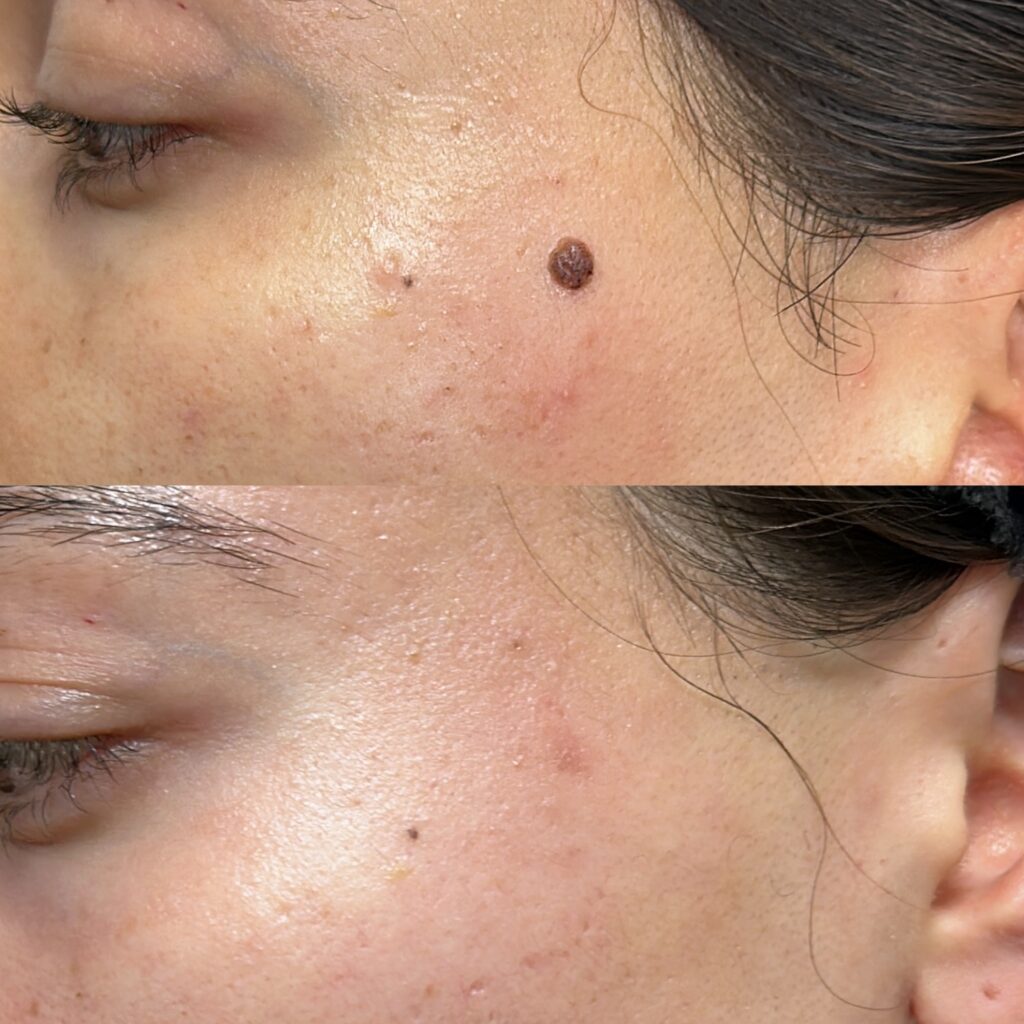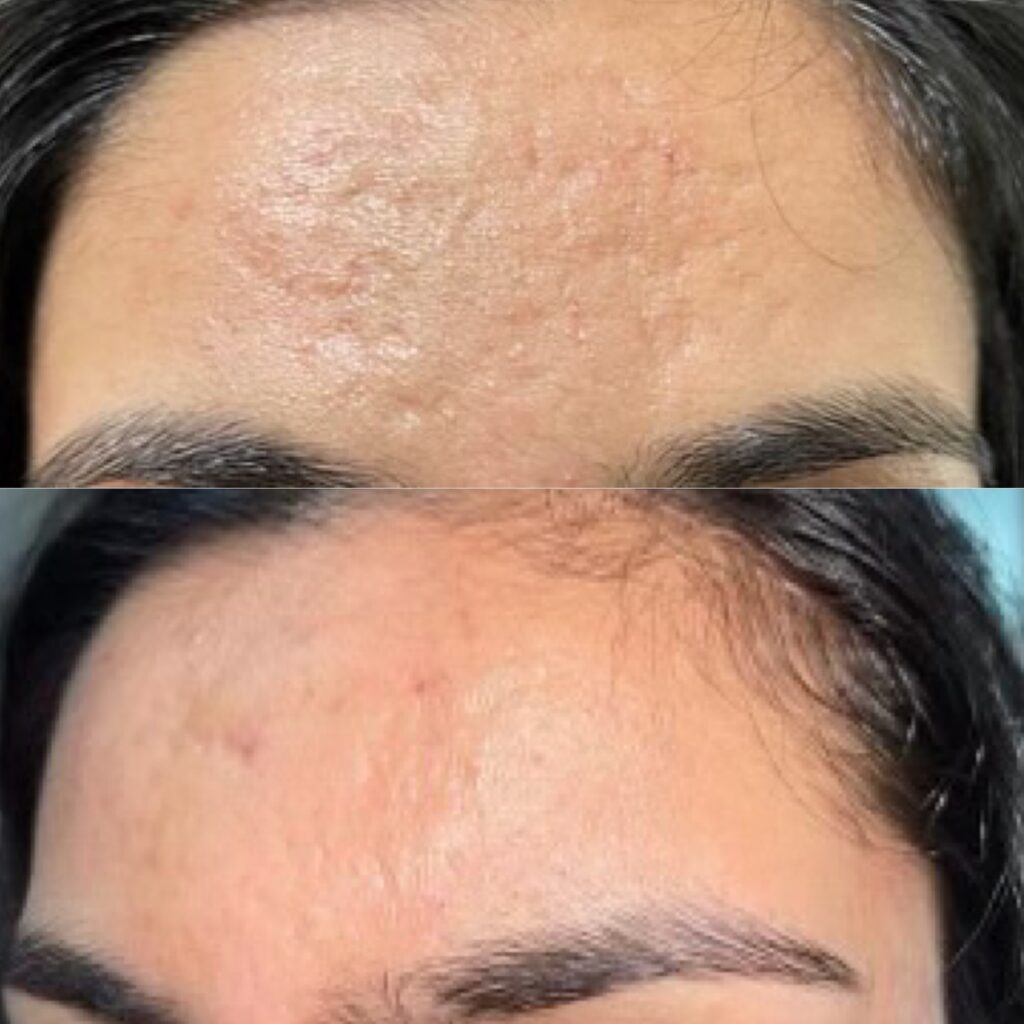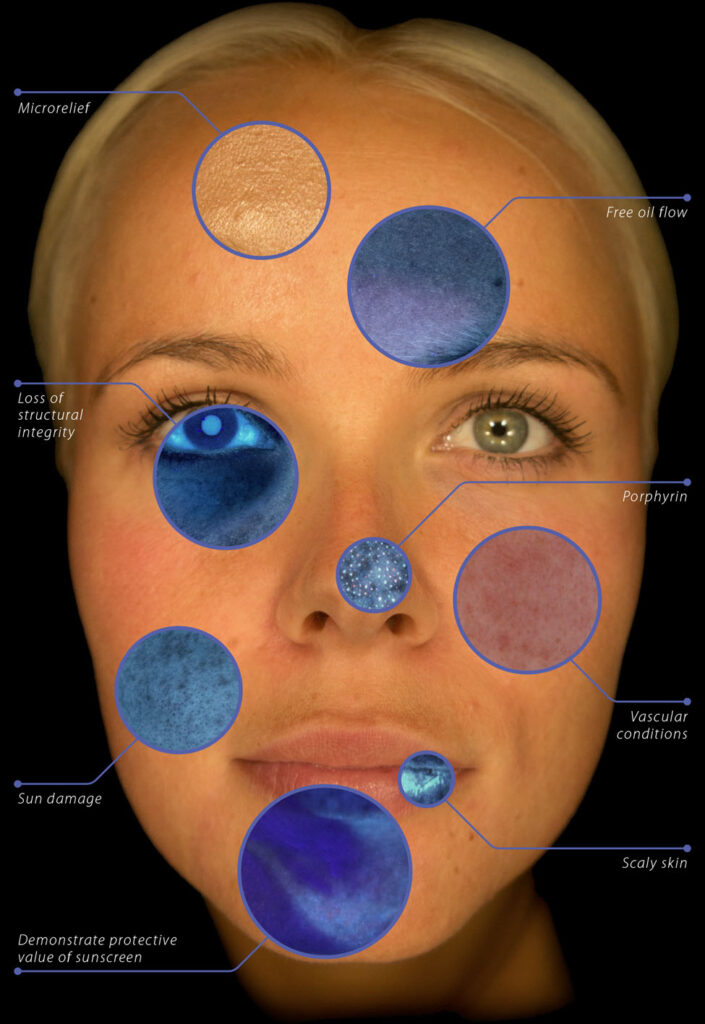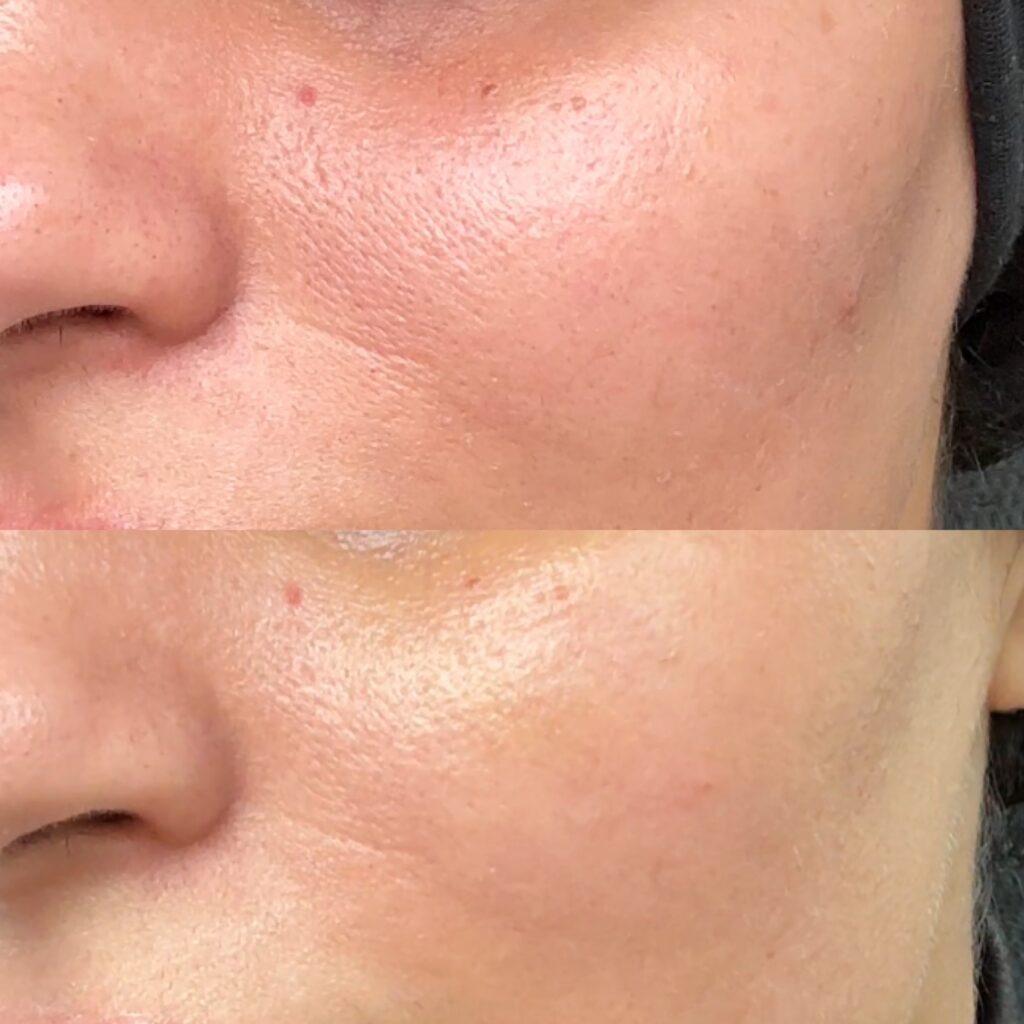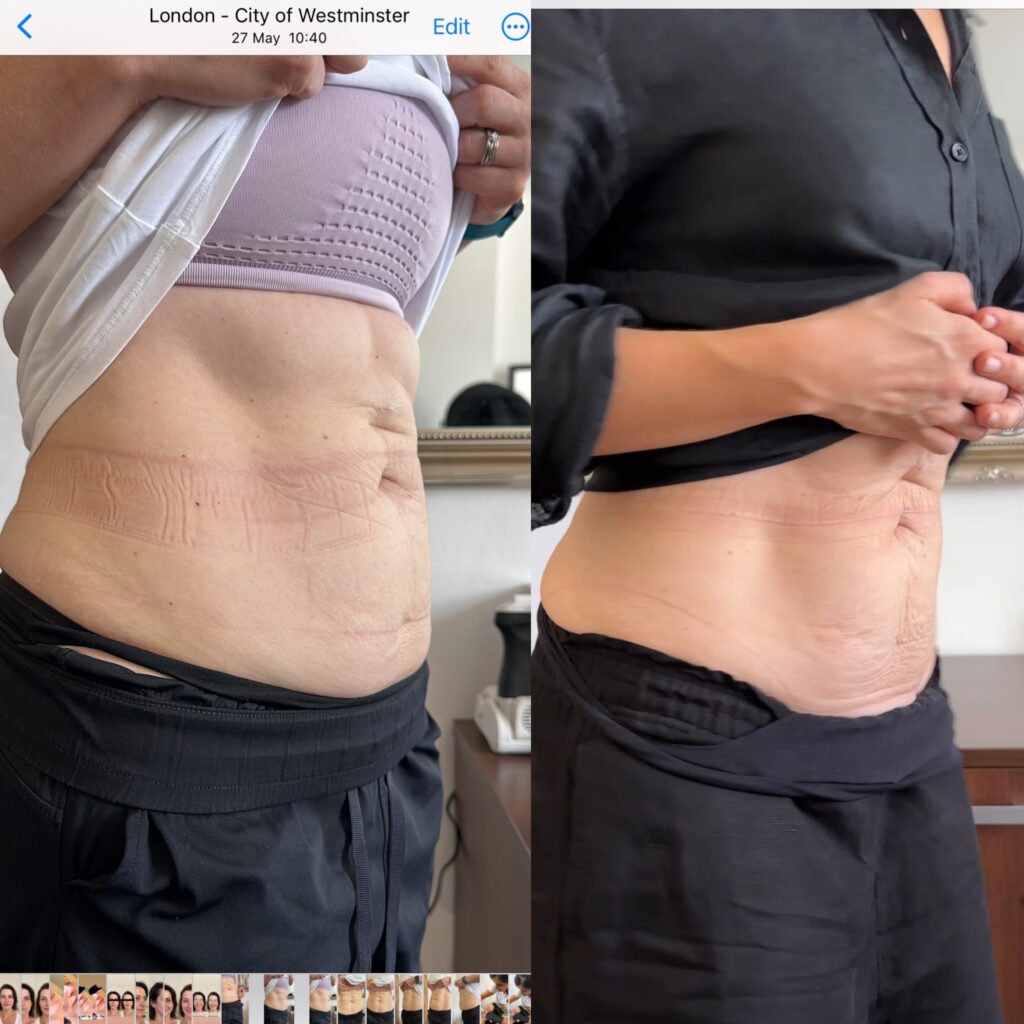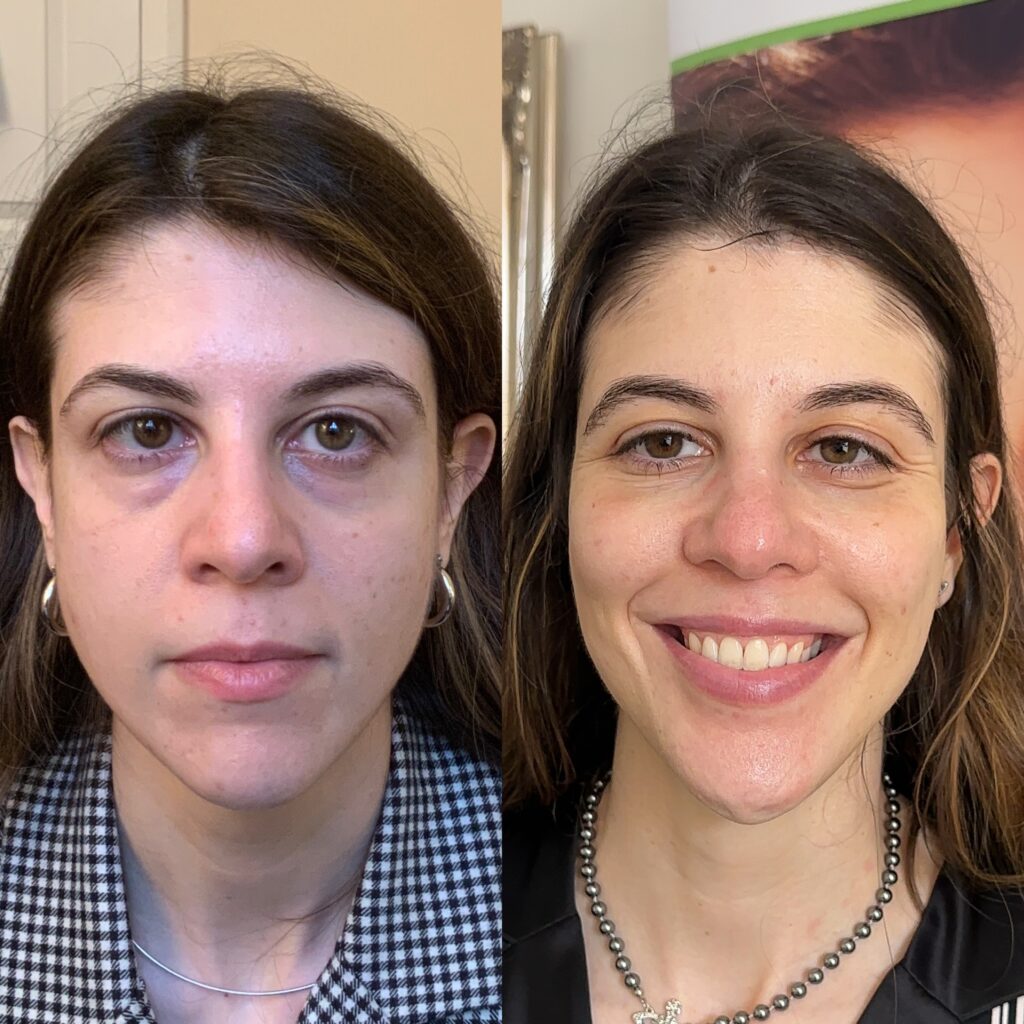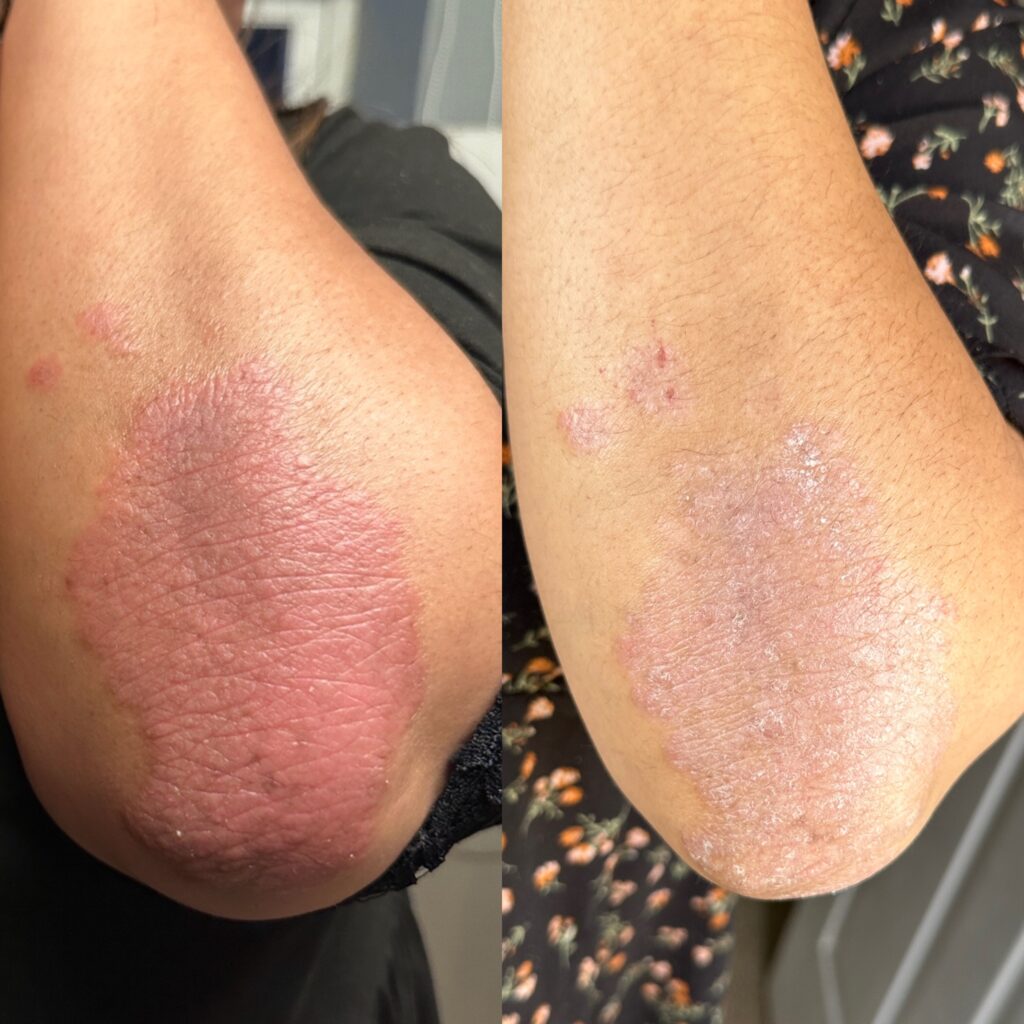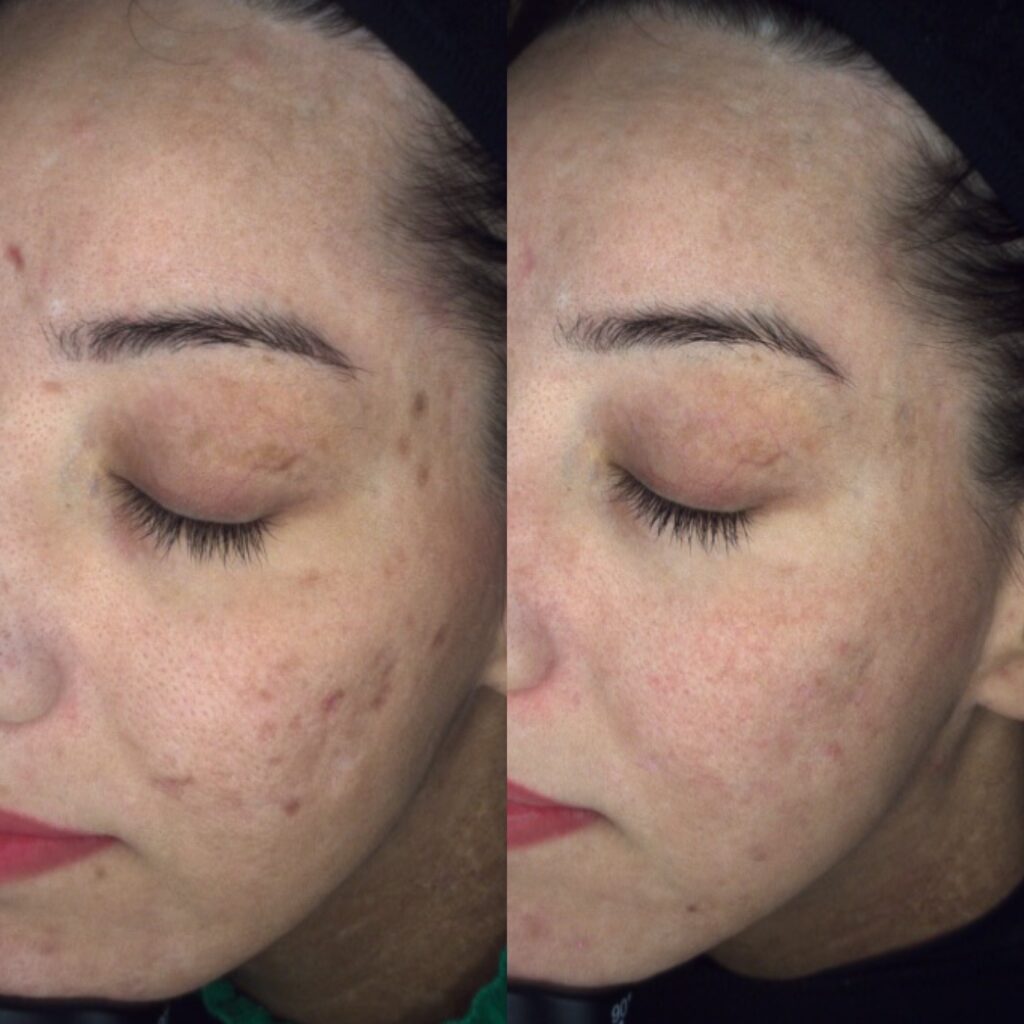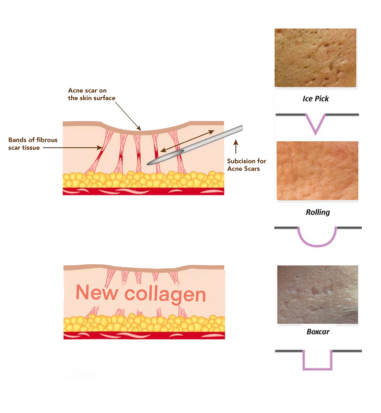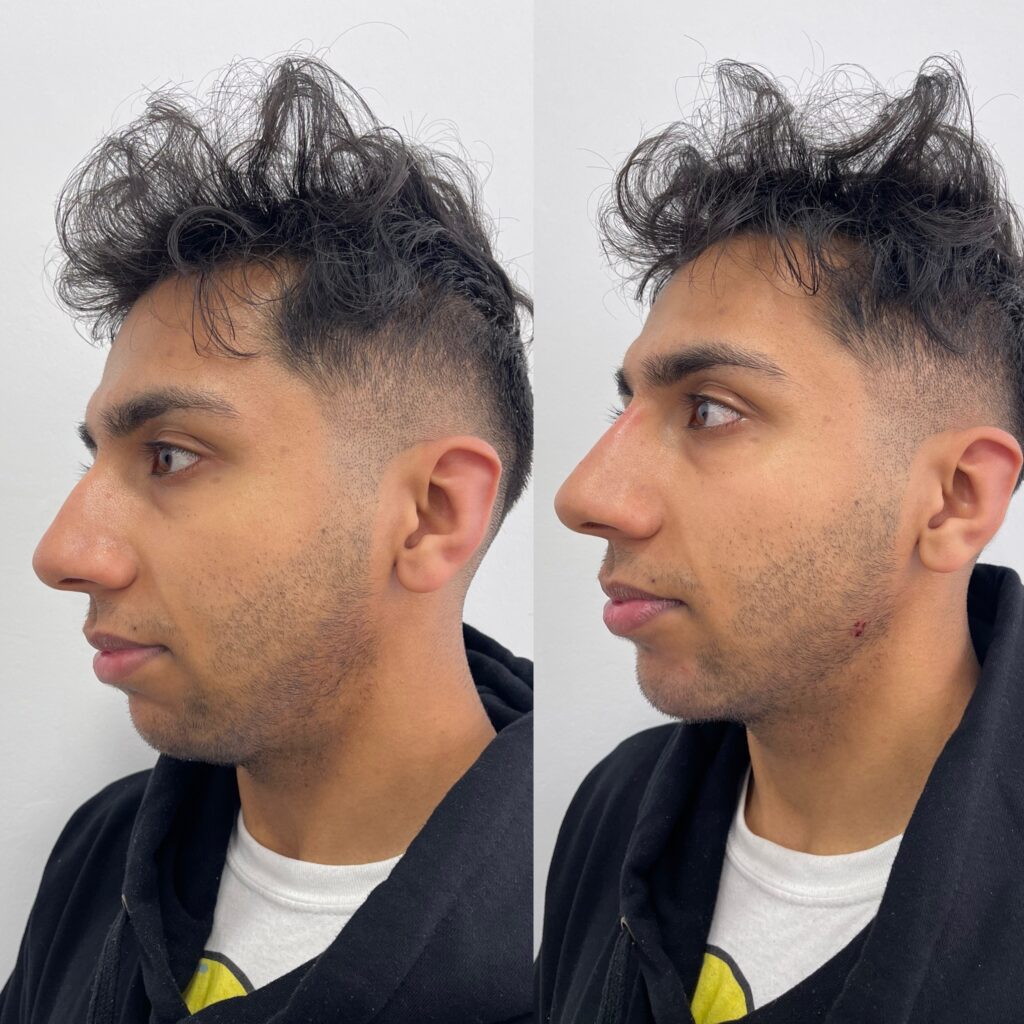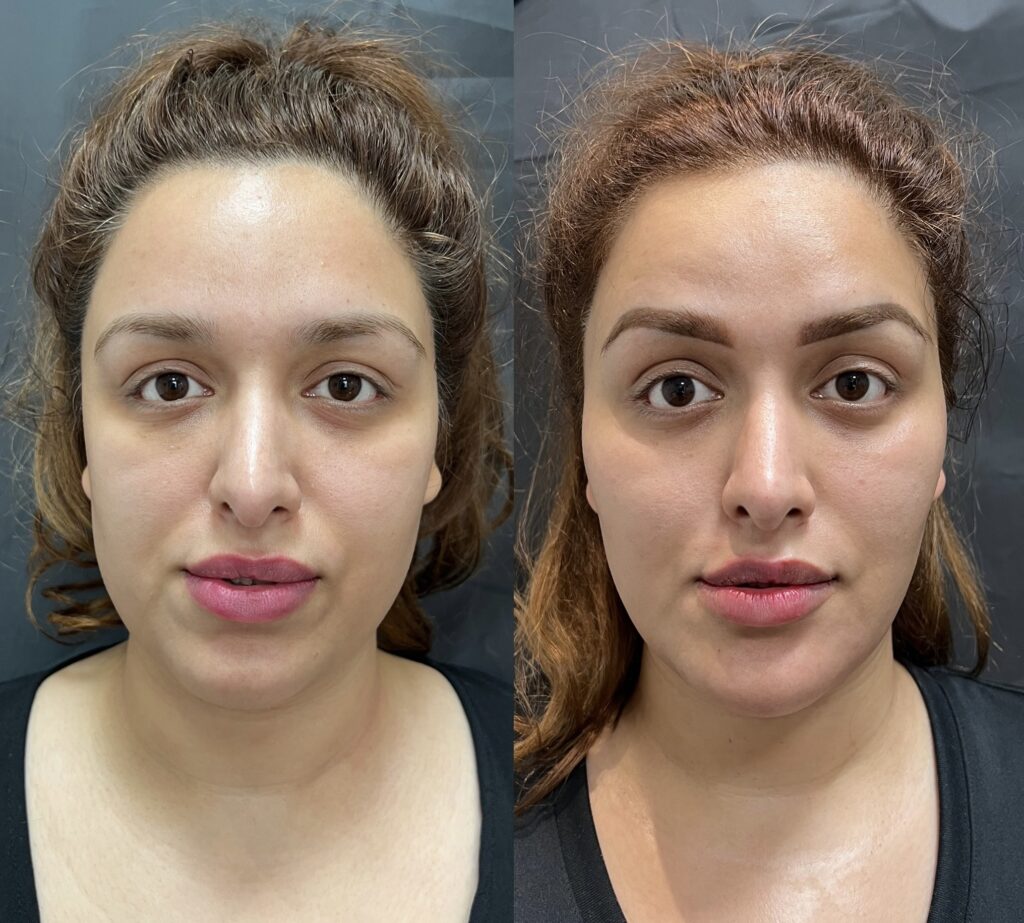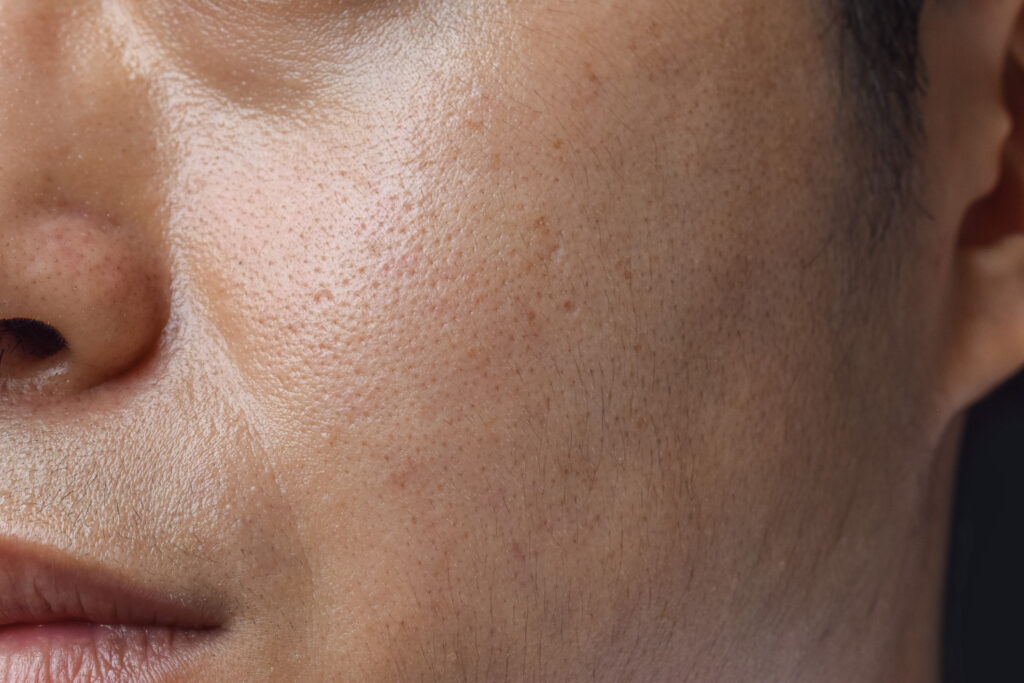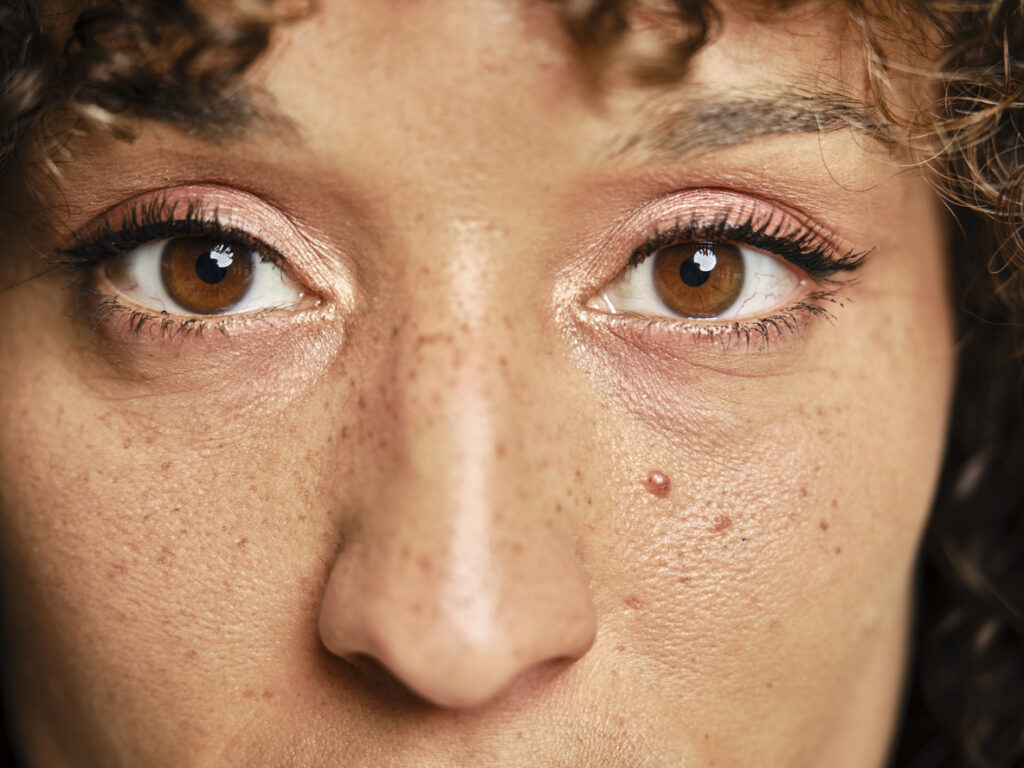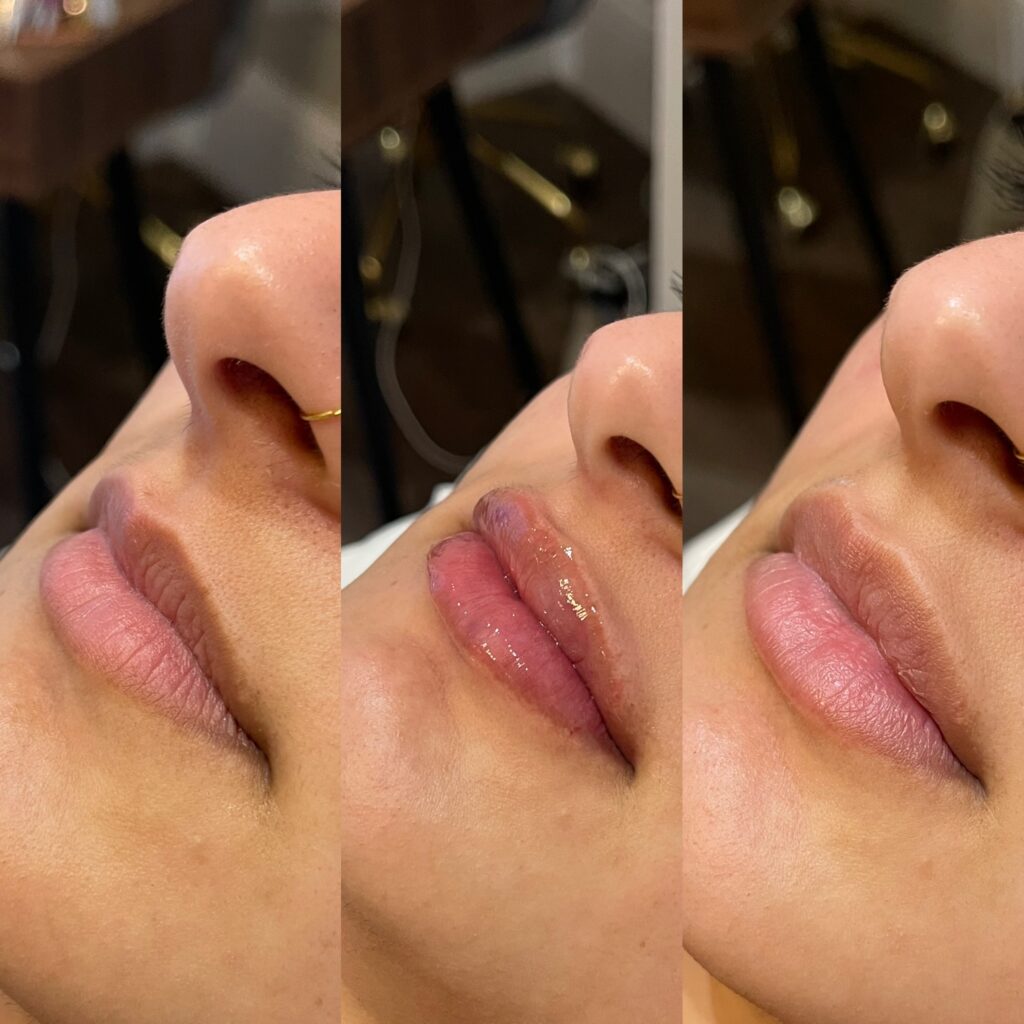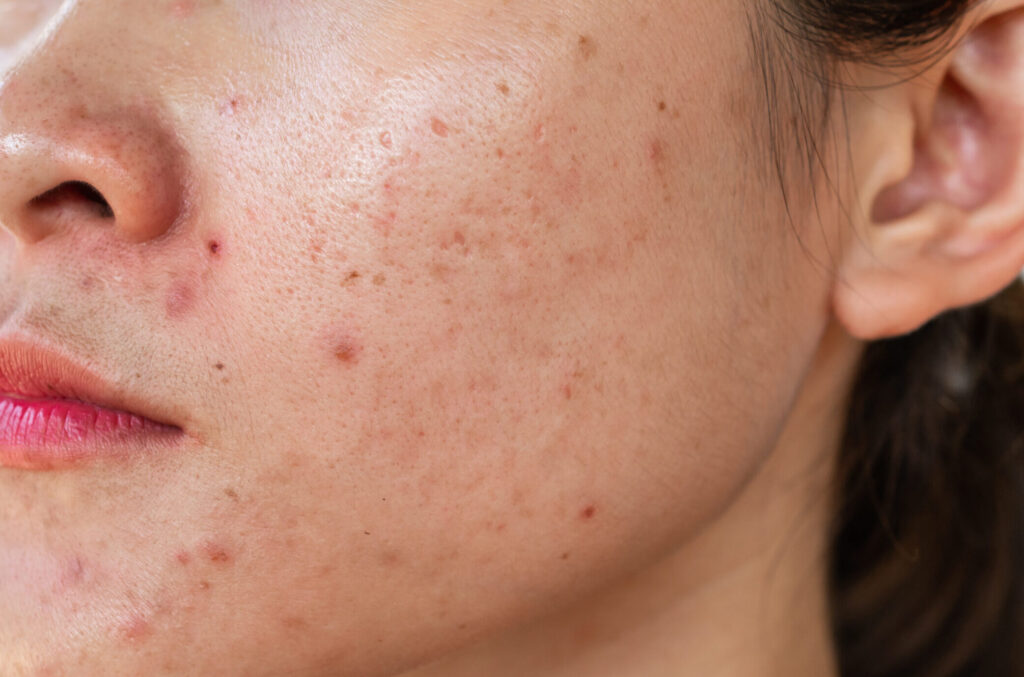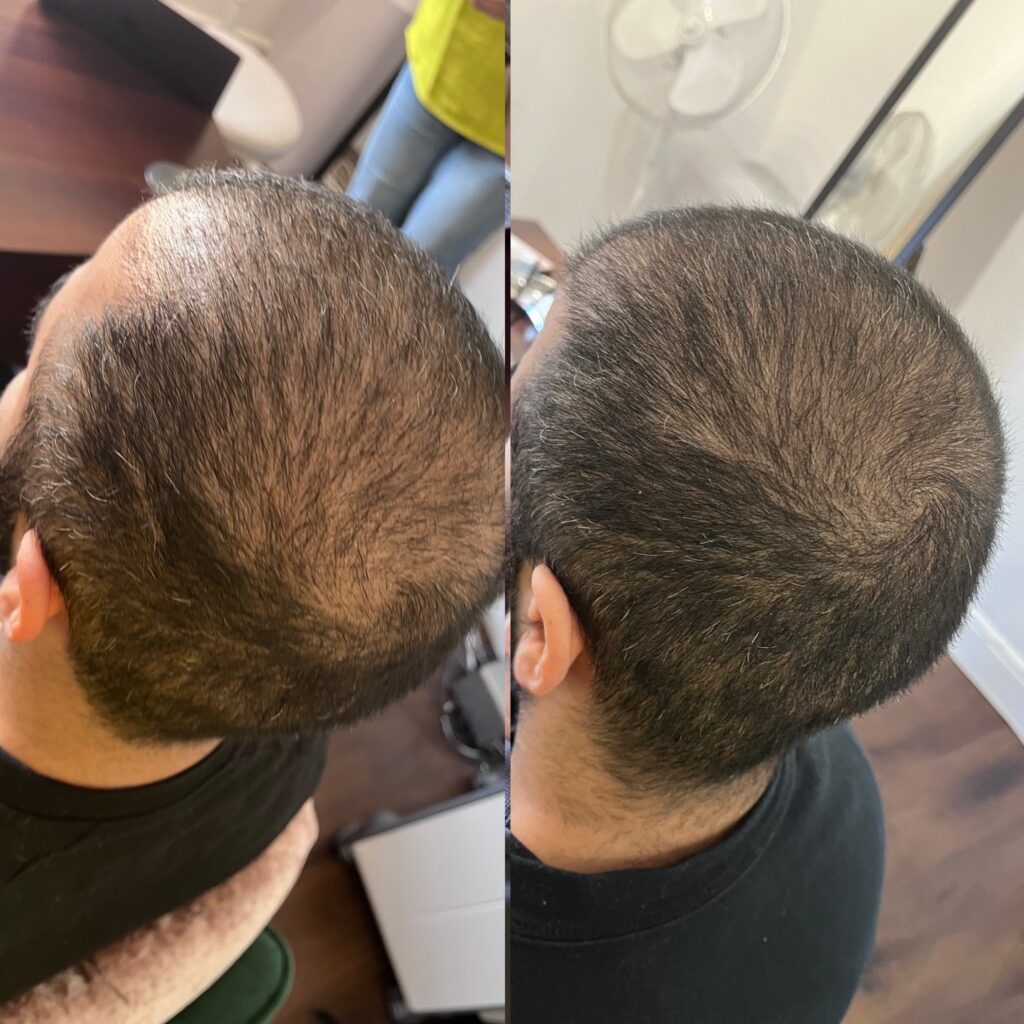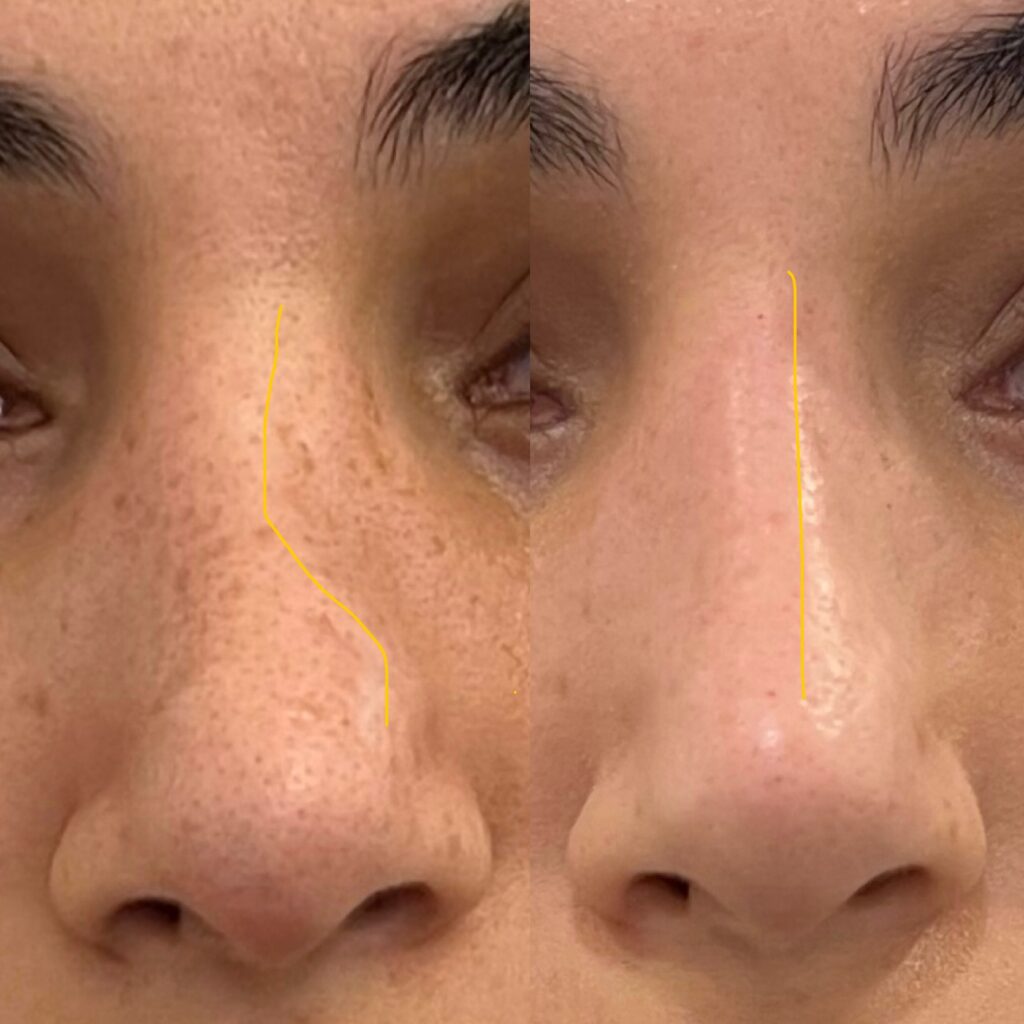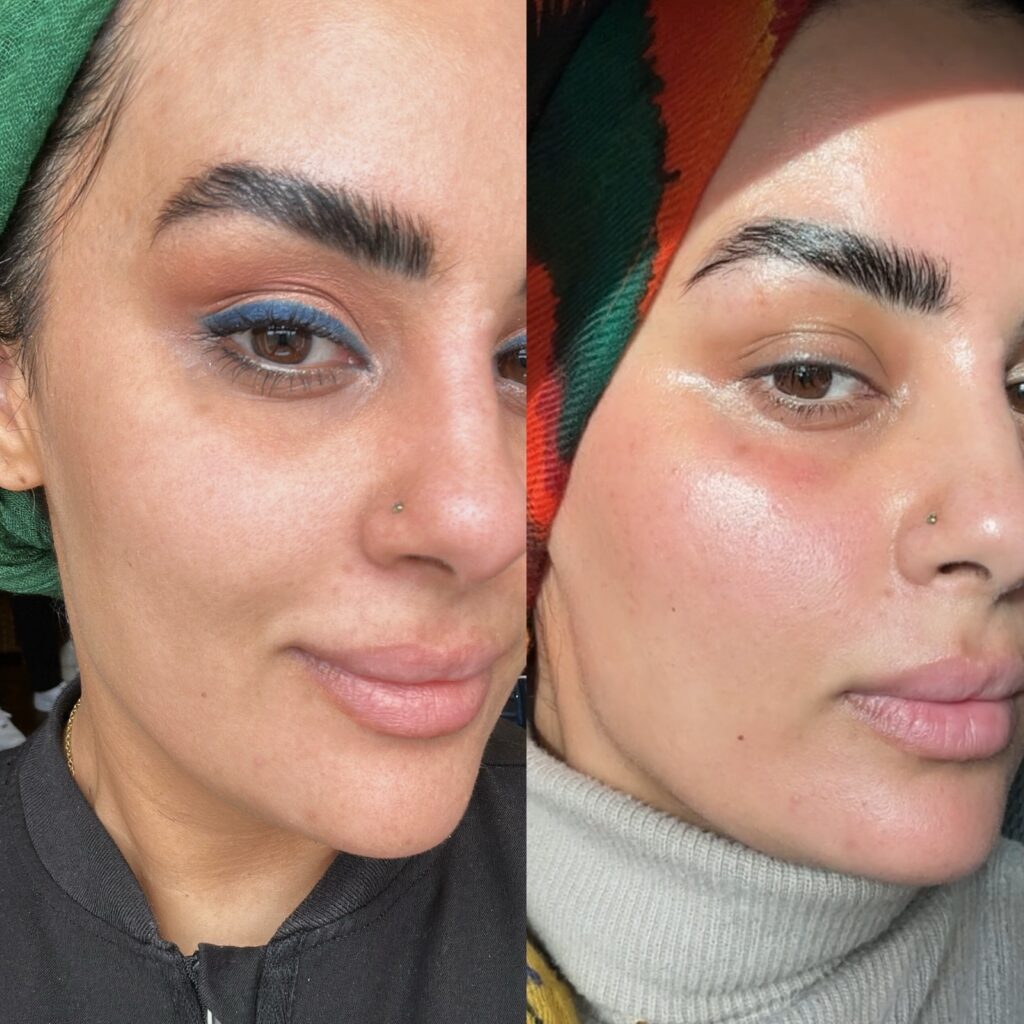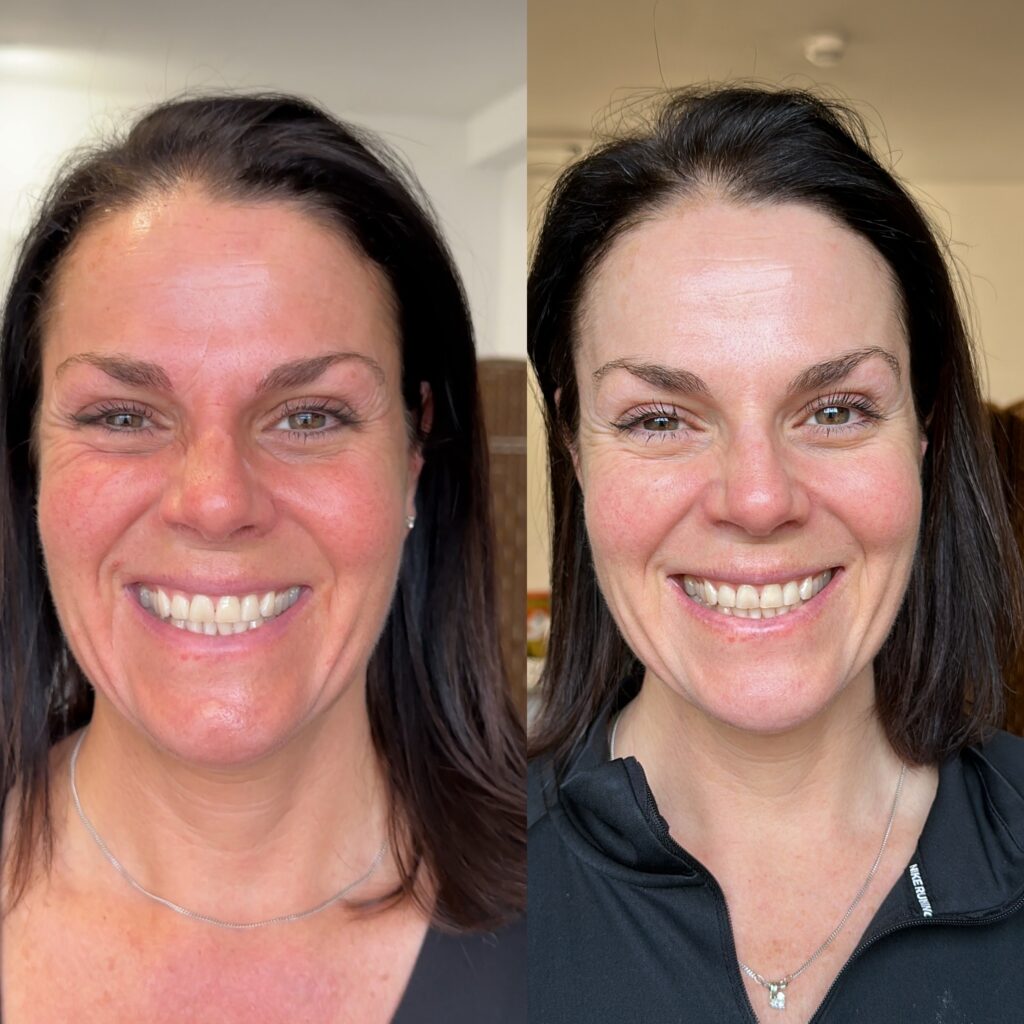A Journey of Filler Dissolving: Why It’s Not a One-Time Fix
If you’ve ever been told that filler dissolving is a quick, one-session fix, you might be surprised to learn that scientific research says otherwise. The truth is, dissolving fillers—especially older or deeper ones—takes time, patience, and multiple treatments.
At Harmony, we take a science-based approach to dissolving, using higher amounts of dissolver than most clinics. This is not about being excessive—it’s about ensuring the filler is properly broken down, safely and effectively.
Many patients come to us frustrated, saying:
- “I’ve had it dissolved four times already, and it’s still there!”
- “It’s so stubborn; nothing seems to work!”
- “I can’t believe all this time its still there, i feel so puffy”
- “No one believed it was filler, I’m so glad you can see it too’
These are common concerns we hear—and they happen because many clinics under-dose dissolver, don’t adjust for different types of fillers etc.
How Do Fillers Break Down?
Fillers are made of hyaluronic acid (HA) gel, but they aren’t just liquid under the skin—they are chemically structured to last for years. Some fillers are cross-linked with chemical bonds that make them more resistant to natural breakdown.
What the Science Says About Filler Dissolving
- 20,000 units of dissolver are needed in lab conditions to completely break down just 1ml of filler.
- The standard clinical dose (450 units) only reduces filler modestly after 30 minutes.
- Research by Ugradar (2021) shows that even direct contact between filler and dissolver produces limited breakdown.
- Filler particles remain large enough to be visible and felt. Multiple treatments are often needed because single doses don’t achieve complete dissolution
- Older, firmer, or migrated fillers take multiple sessions to break down.
This is why dissolving is rarely a one-time treatment.
Filler Becomes More Resistant Over Time
The longer filler has been in the skin, the more integrated it becomes with tissue. This means older fillers are harder to break down compared to fresh ones.
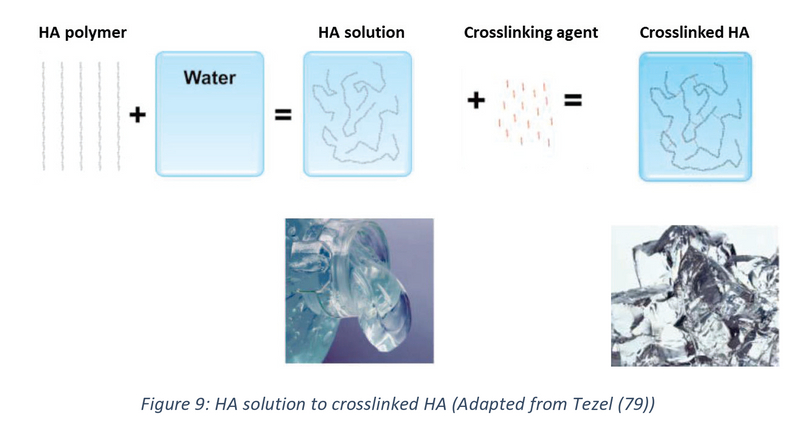
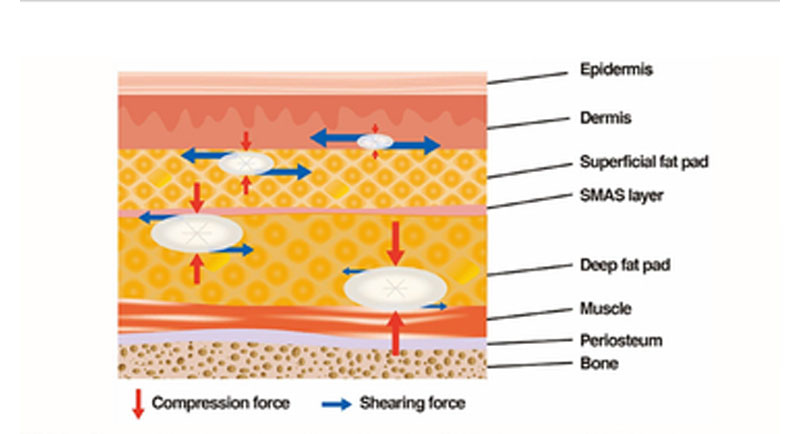
Different Tissue Layers Are Affected.
Filler isn’t just sitting under the skin—it spreads into multiple layers. Some dissolve quickly, while others take longer, leading to uneven results if not done properly.
Filler Becomes More Resistant Over Time
The longer filler has been in the skin, the more integrated it becomes with tissue. This means older fillers are harder to break down compared to fresh ones.
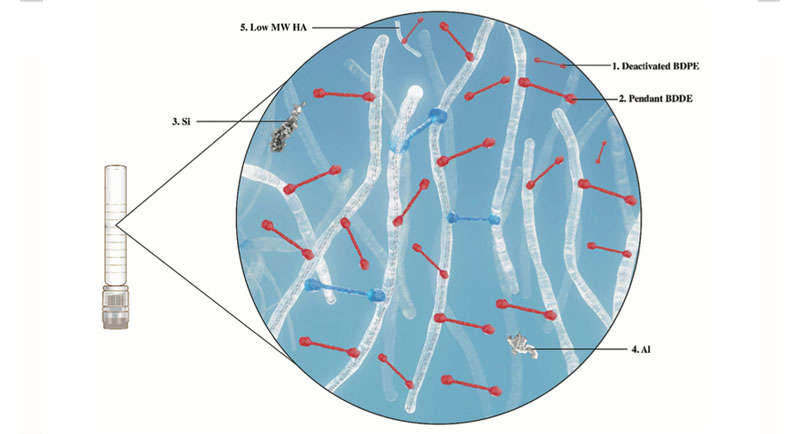
energy-dispersive X-ray spectroscopy. Different quantities of impurity particles (>10 and 25 μm) were detected microscopically. Silicon and aluminum isotopes were also detected. Hyaluronic acid fillers were contaminated with these particles. The degree of contamination varied substantially among the tested filler products.
Filler Migration Makes Targeting Harder
Over time, filler can move away from the original injection site and spread into surrounding tissues. This makes it difficult to dissolve everything in one go—it’s like peeling an onion.
Every Patient Responds Differently
The body’s ability to metabolise filler varies from person to person. Some people’s tissues hold onto filler more tightly, making it harder to break down
How Many Sessions Will You Need?
Because every face and every filler is different, the number of sessions will vary.
*each session is counted as using up to 5 vials at £800. Alternatively you can pay per vial as you go along
Here’s a general guideline:
- 1 session – Best for recently placed filler (less than 1ml).
- 2-3 sessions – If you have had more than 1ml of filler in total ever. For filler placed in areas like cheeks, jaw, nose where fillers are thicker.
- 4+ sessions – Needed for old, migrated, or stubborn fillers (especially those placed years ago).
The older, firmer, or more deeply integrated the filler, the longer it takes to dissolve.
>> This is 2 sessions.
Note how the after ultrasound is a lot more compact without filler ‘separating apart’ the different facial layers.
Long-Term Inflammation After Fillers?
- Foreign Body Reaction – Fillers are seen by the body as foreign substances. While most people tolerate them well, over time, the body’s response can change.
- Filler Characteristics & Breakdown
- Structural changes – Fillers degrade over time, and their breakdown products can trigger inflammation.
- Too much product – Overfilling increases the risk of chronic swelling and inflammatory responses.
- Bacterial contamination – Even tiny amounts of bacteria (biofilm formation) trapped in the filler can lead to persistent low-grade inflammation.
- Trauma & External Factors
- Lifestyle Factors – Smoking, high stress, and high BMI have been linked to increased inflammation and poor filler integration.
- Immune System Reactions
- Medication & Vaccines – Some people experience flare-ups after certain medications, vaccines, or infections, suggesting that the immune system plays a major role in these delayed reactions.
- Hypersensitivity – Some patients may develop an allergy-like reaction to fillers, leading to prolonged swelling, redness, and nodules.
What Happens When the Body Reacts to Filler?
When these factors come into play, they can lead to a changed interaction between the filler and the body. Over time, this can result in:
- ✔ Biofilm Formation – A thin layer of bacteria and immune cells around the filler, causing chronic inflammation and resistance to dissolving.
- ✔ Adjuvant-Based Filler Reactions – The filler itself can stimulate an exaggerated immune response, leading to redness, swelling, and delayed bumps.
- ✔ Non-Specific Foreign Body Reactions – Some people’s immune systems treat filler like an invader, resulting in long-term inflammation, granulomas, or chronic puffiness.
- ✔ Hypersensitivity (Type IV Reactions) – A delayed immune response that mimics an allergic reaction, leading to persistent swelling and discomfort.
Why Some People Struggle with Chronic Swelling Years After Fillers
❌ Fillers don’t always break down as expected – Some stay partially intact for years, continuing to trigger low-grade inflammation.
❌ The immune system plays a major role – If your body is already prone to inflammation, you’re more likely to experience long-term reactions to filler.
❌ Biofilms can make dissolving harder – If bacteria were introduced during the filler injection, your body walls them off, leading to persistent inflammation even after multiple dissolving sessions.
Here is an example of a patient who struggled with ‘acne’ which went away as we dissolved.
